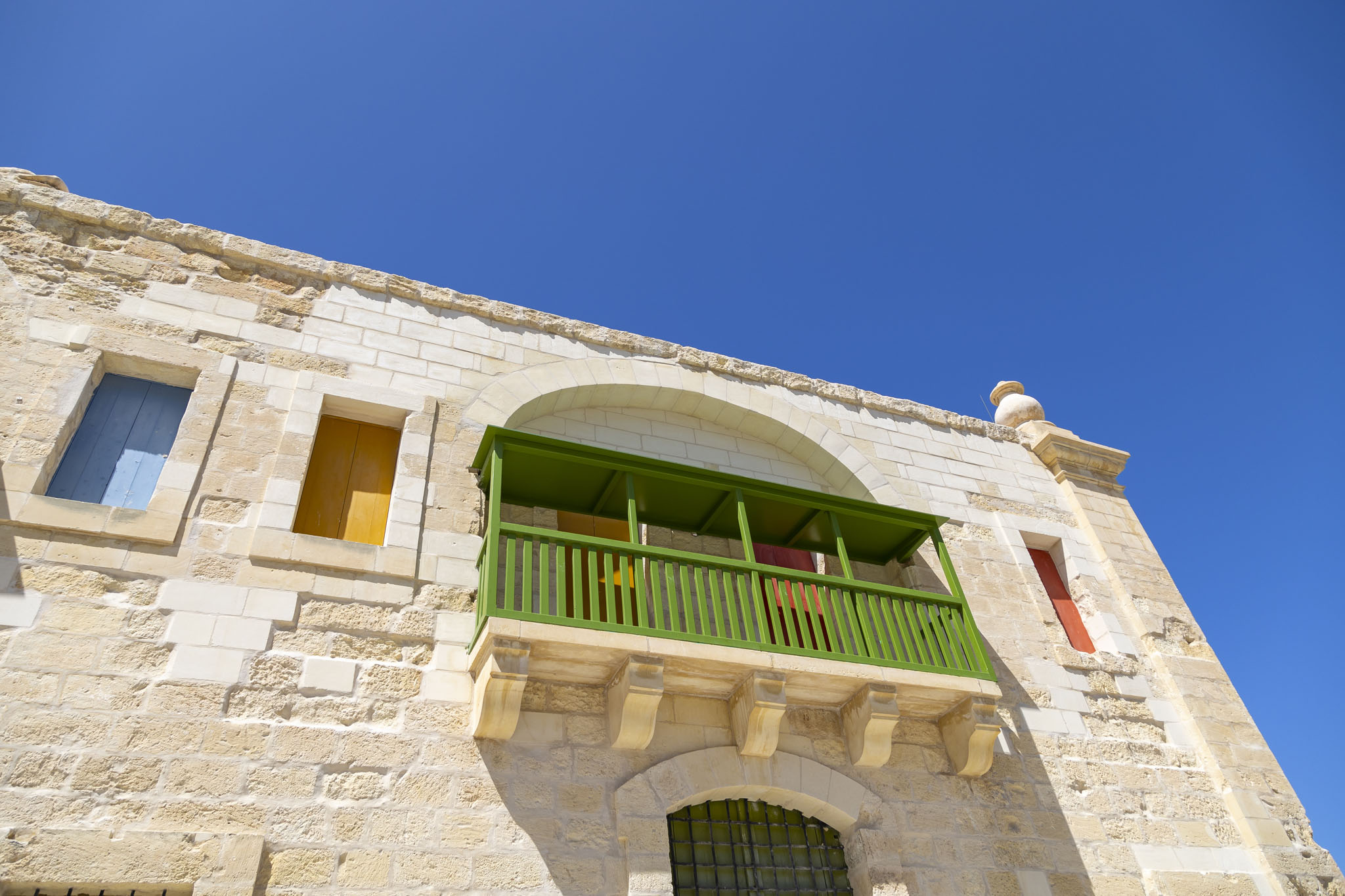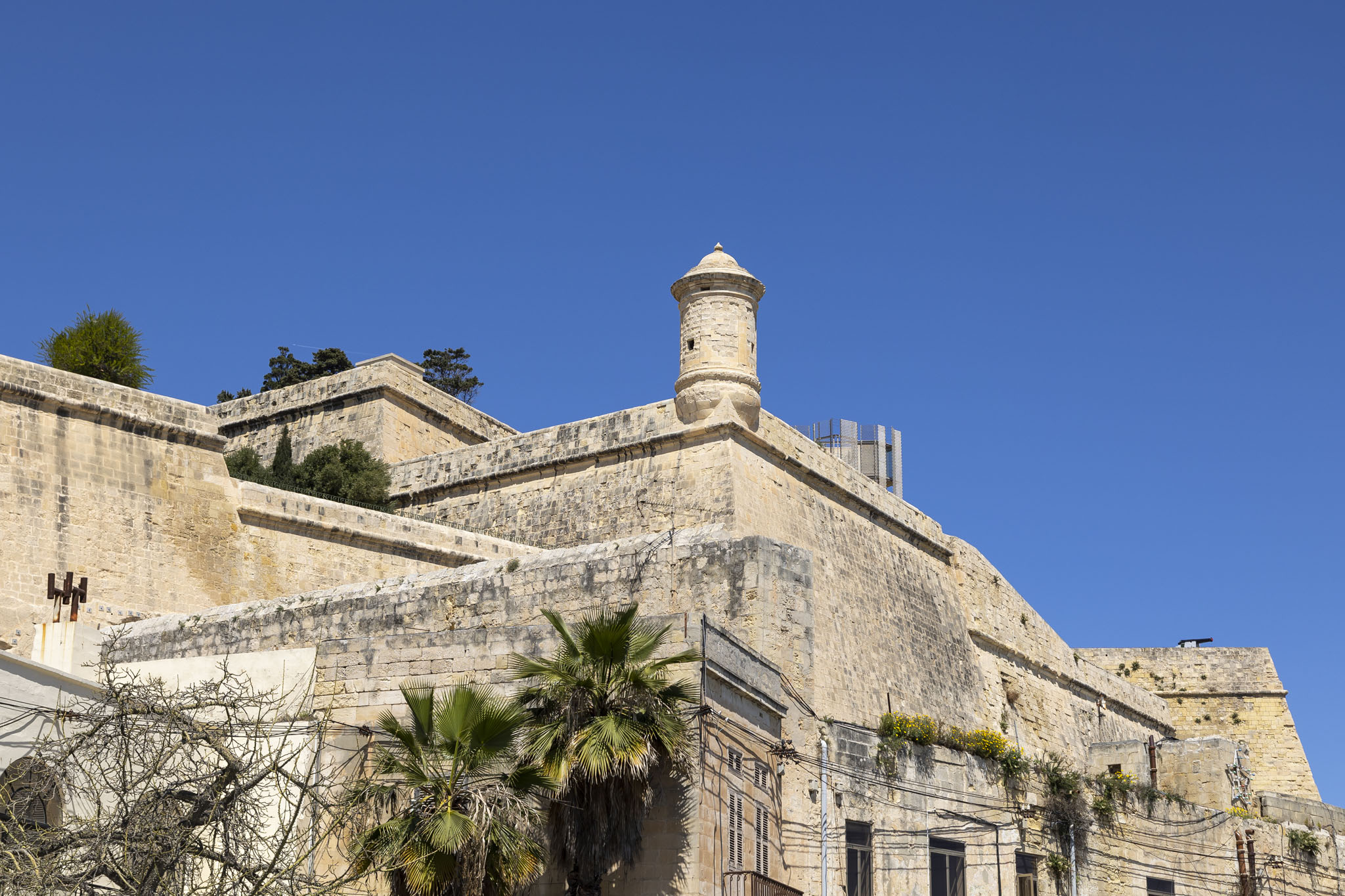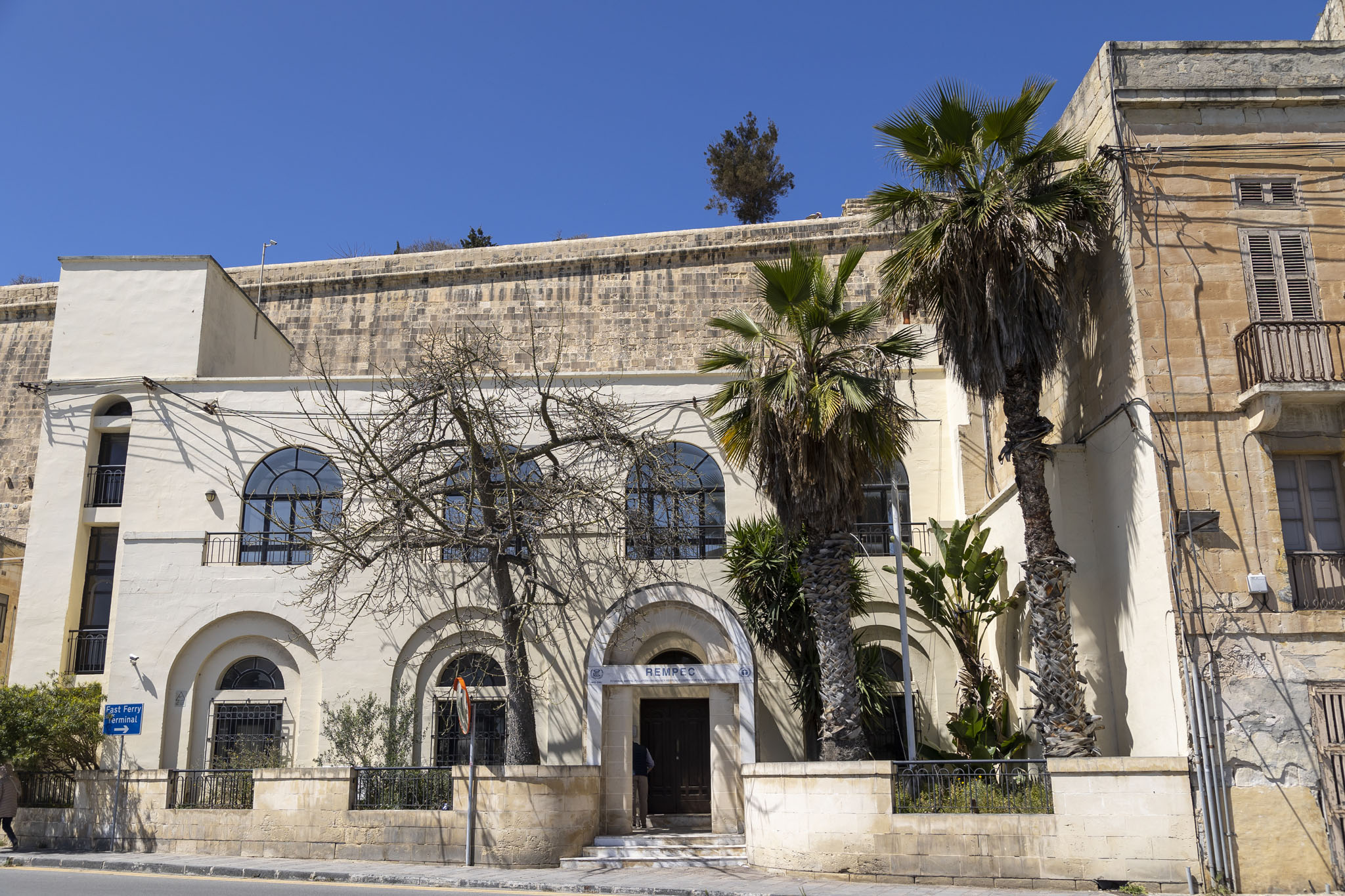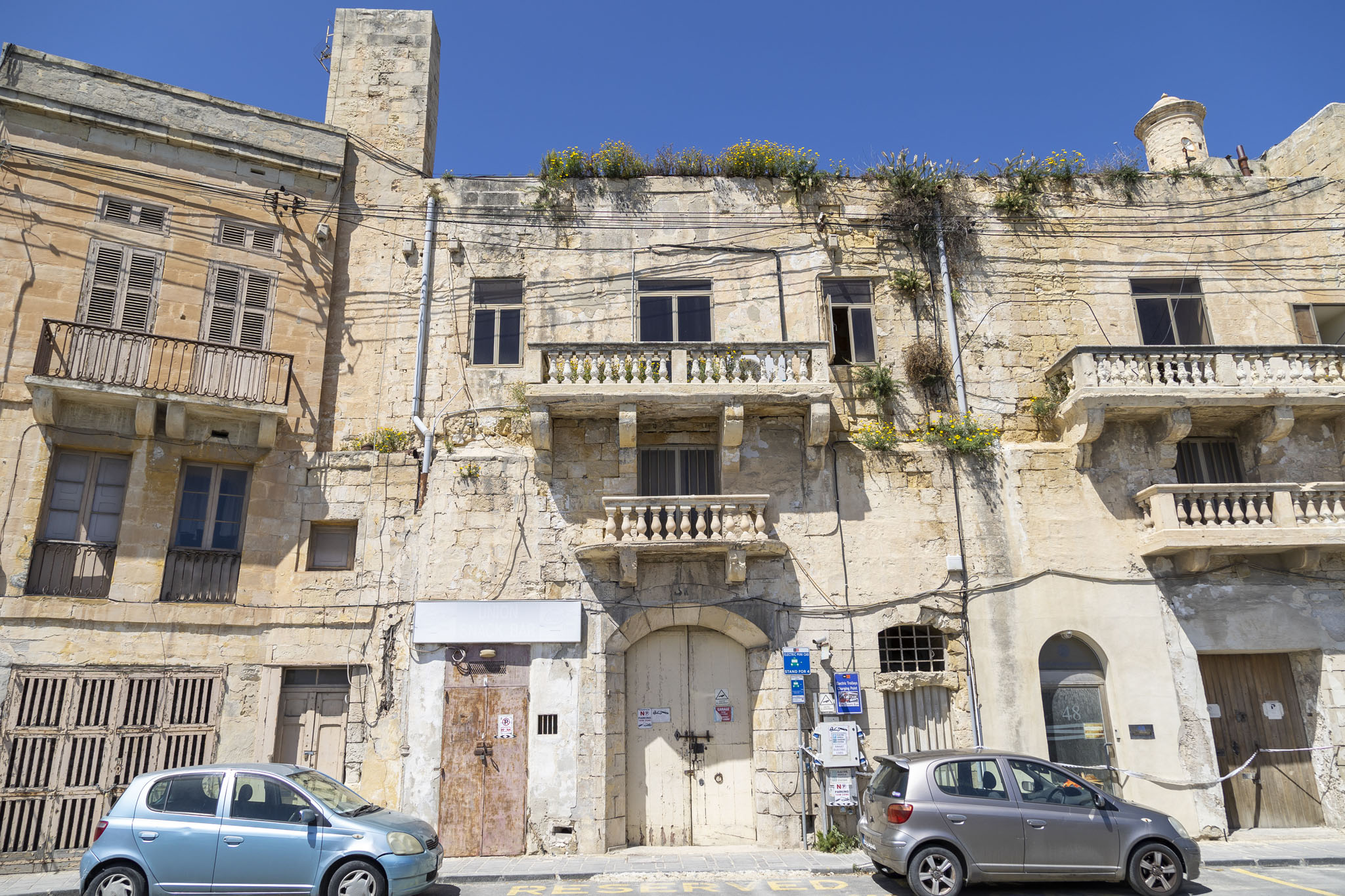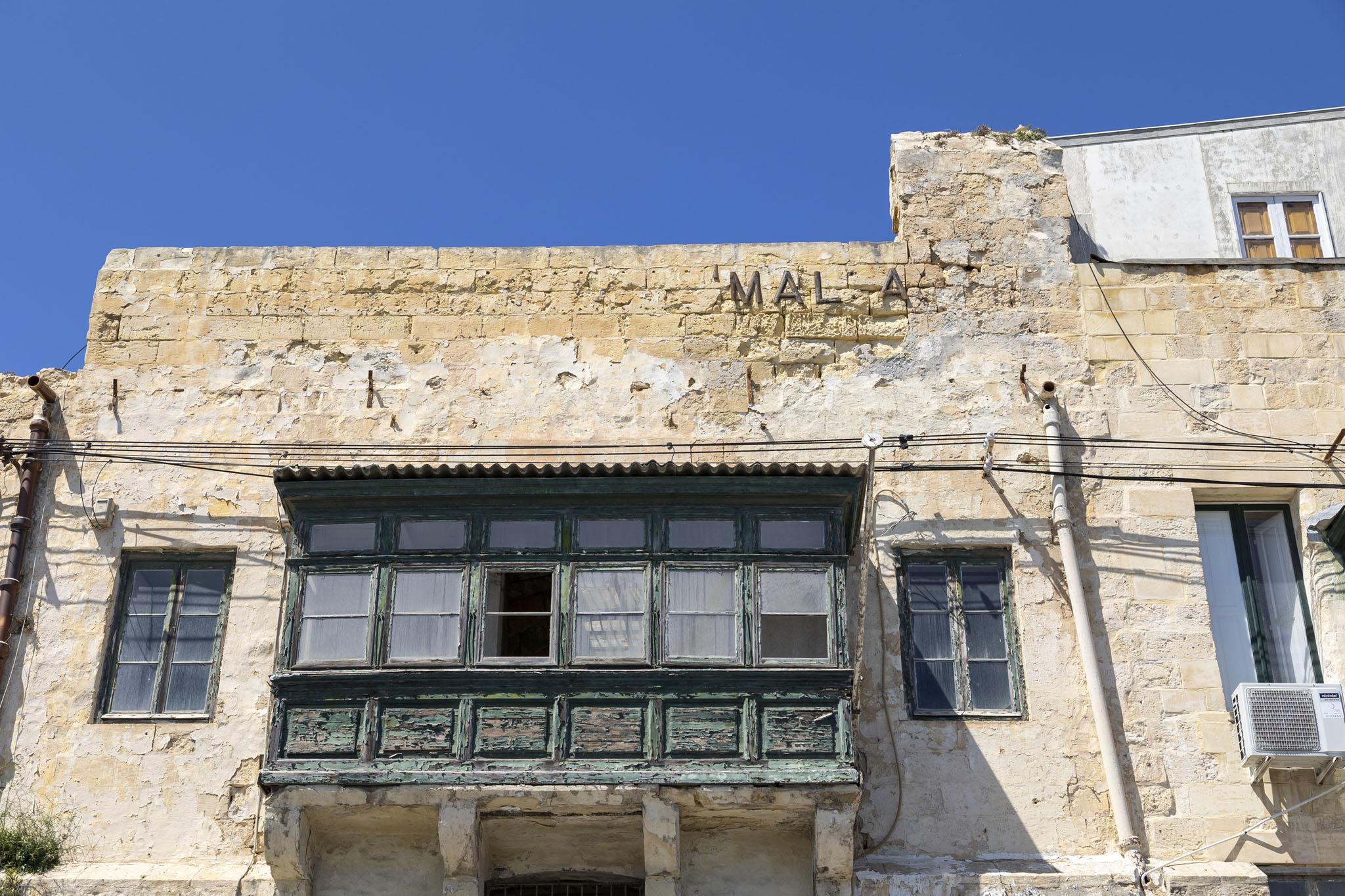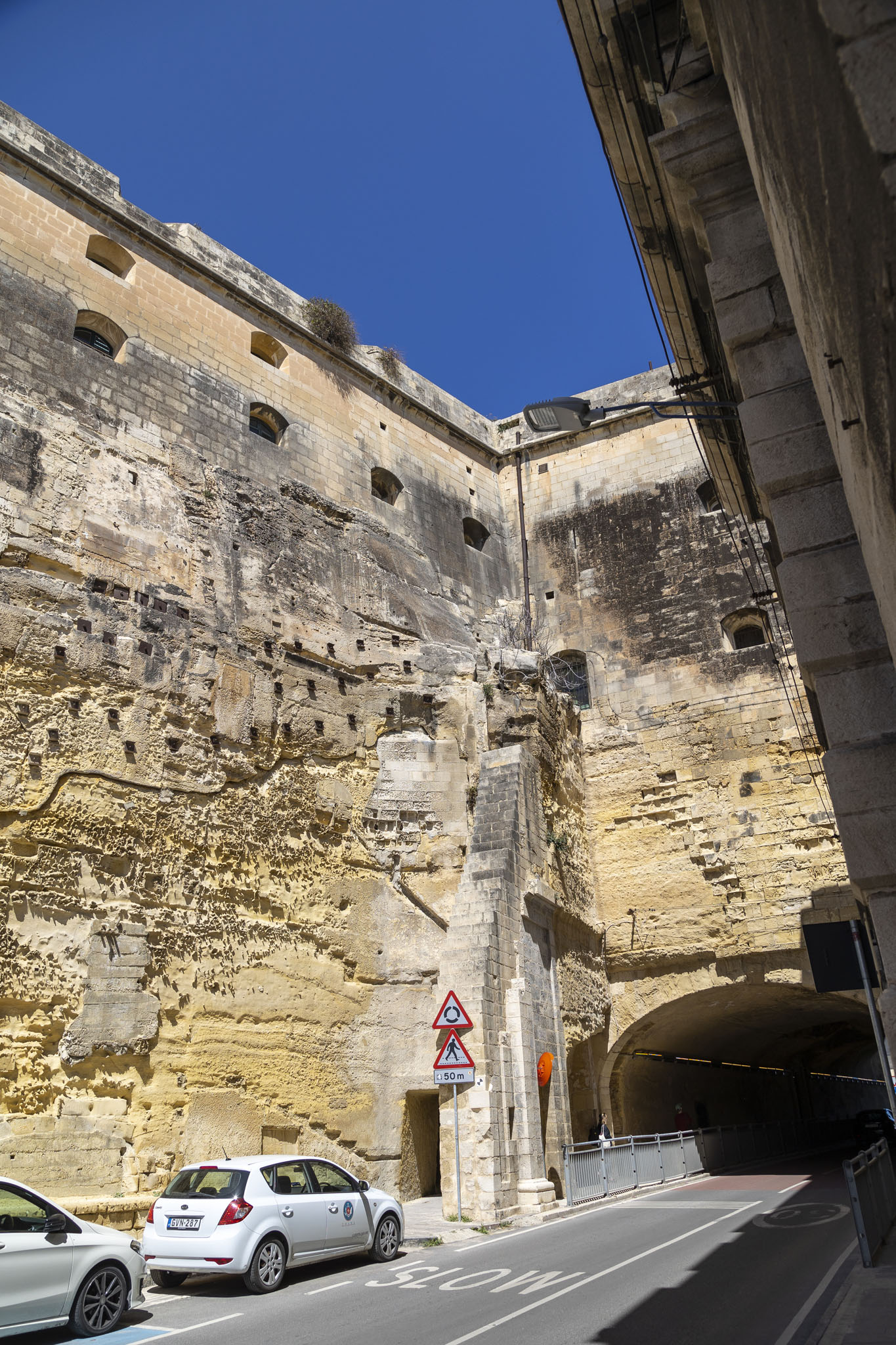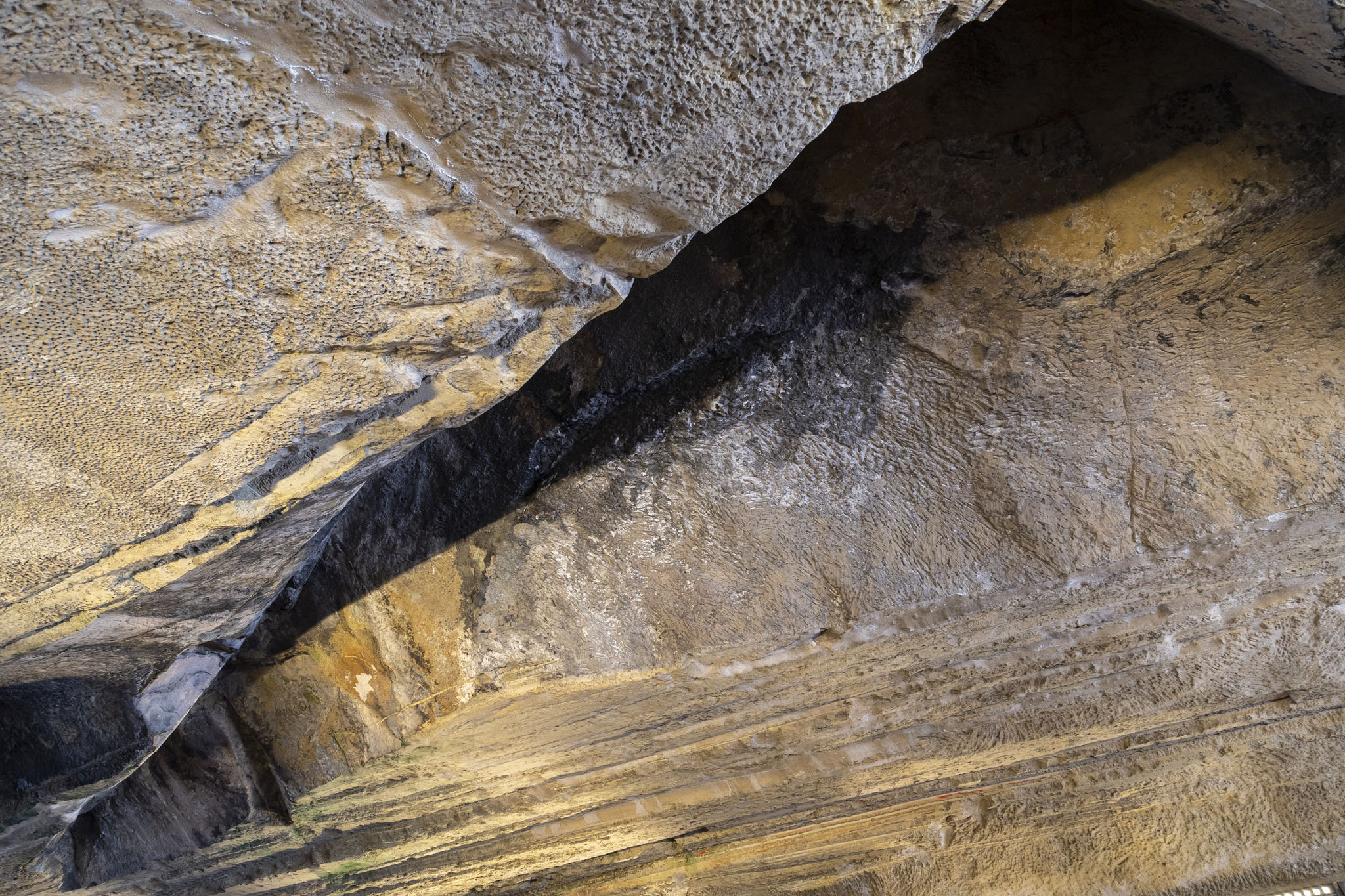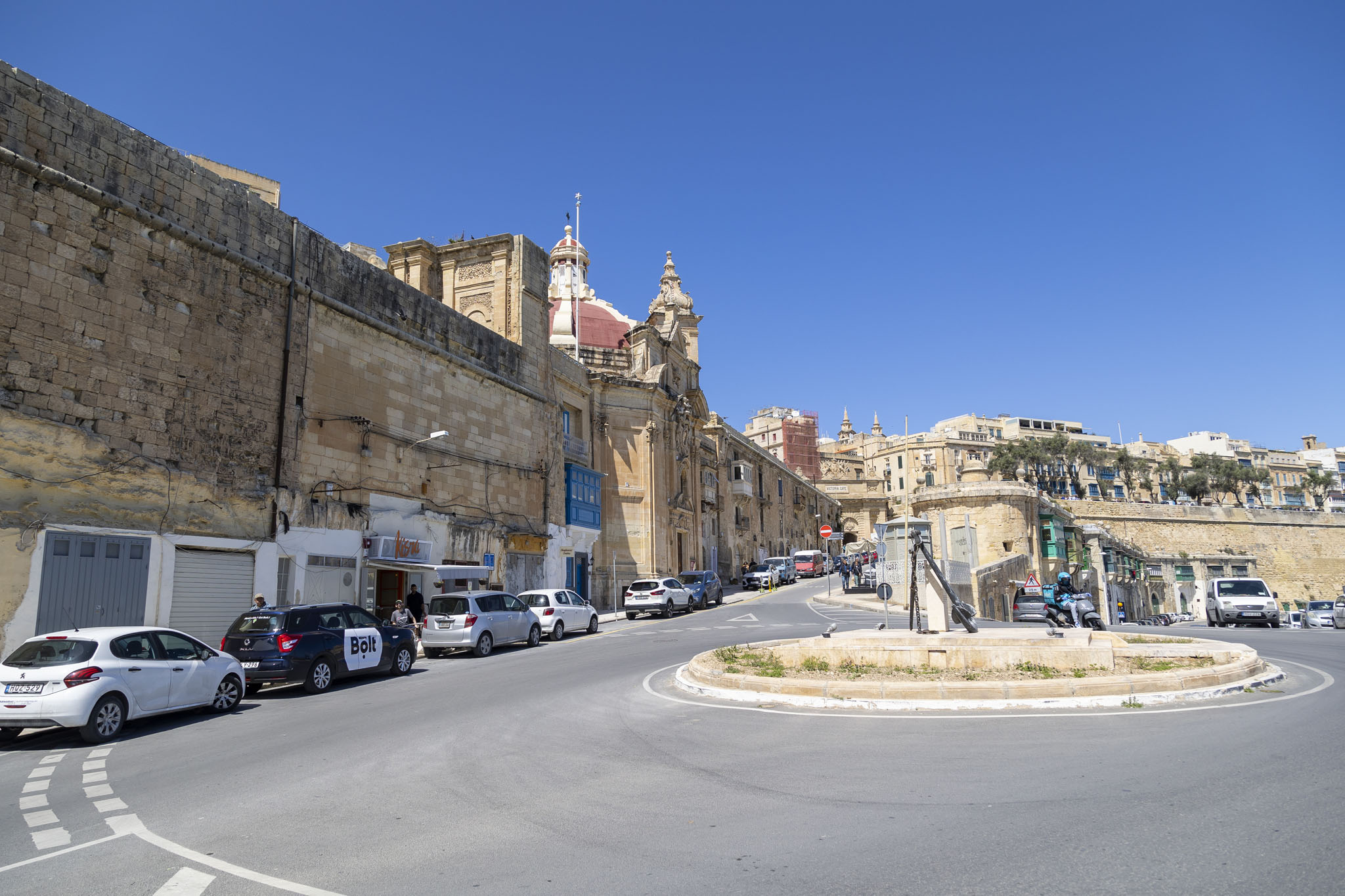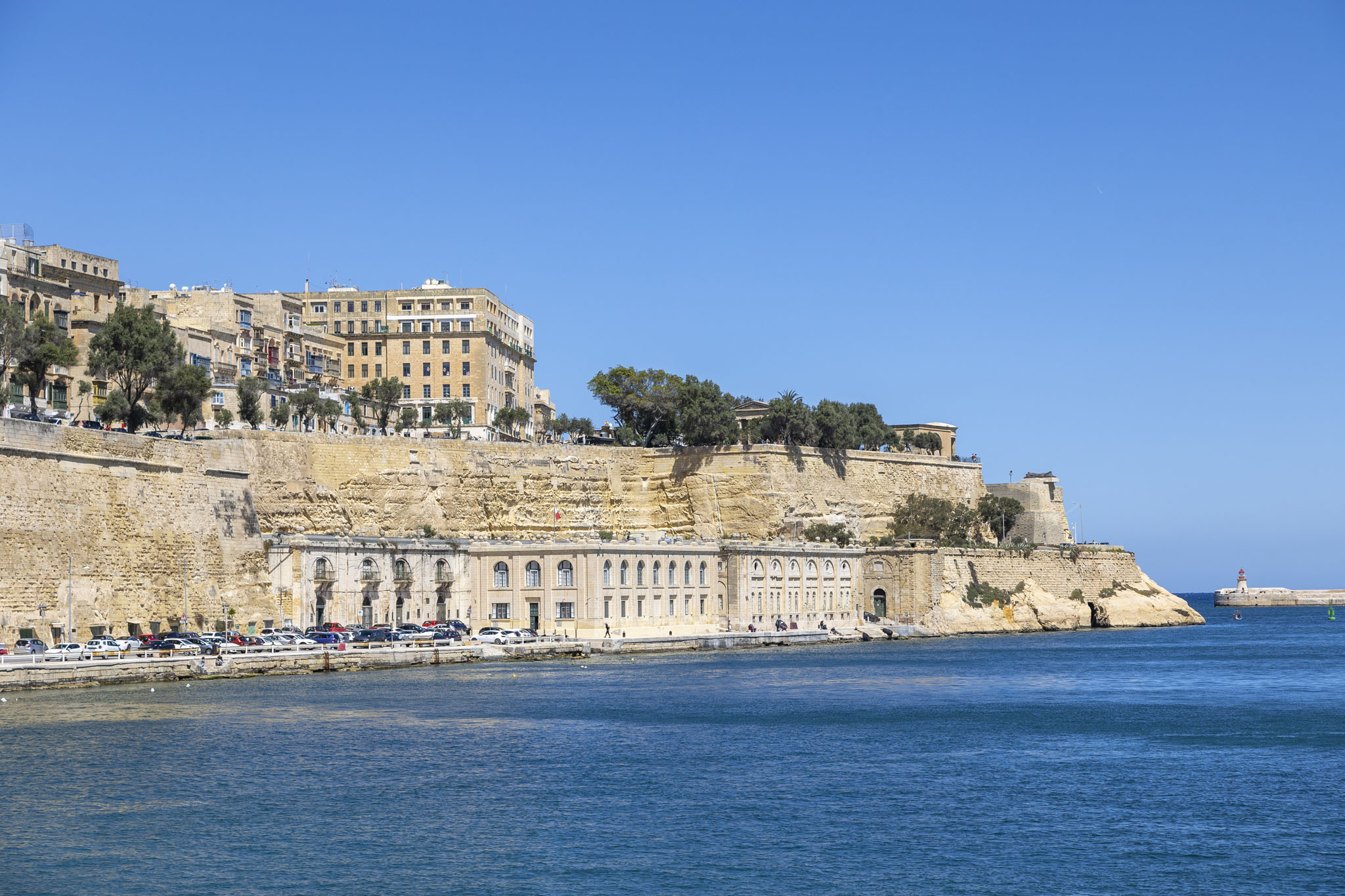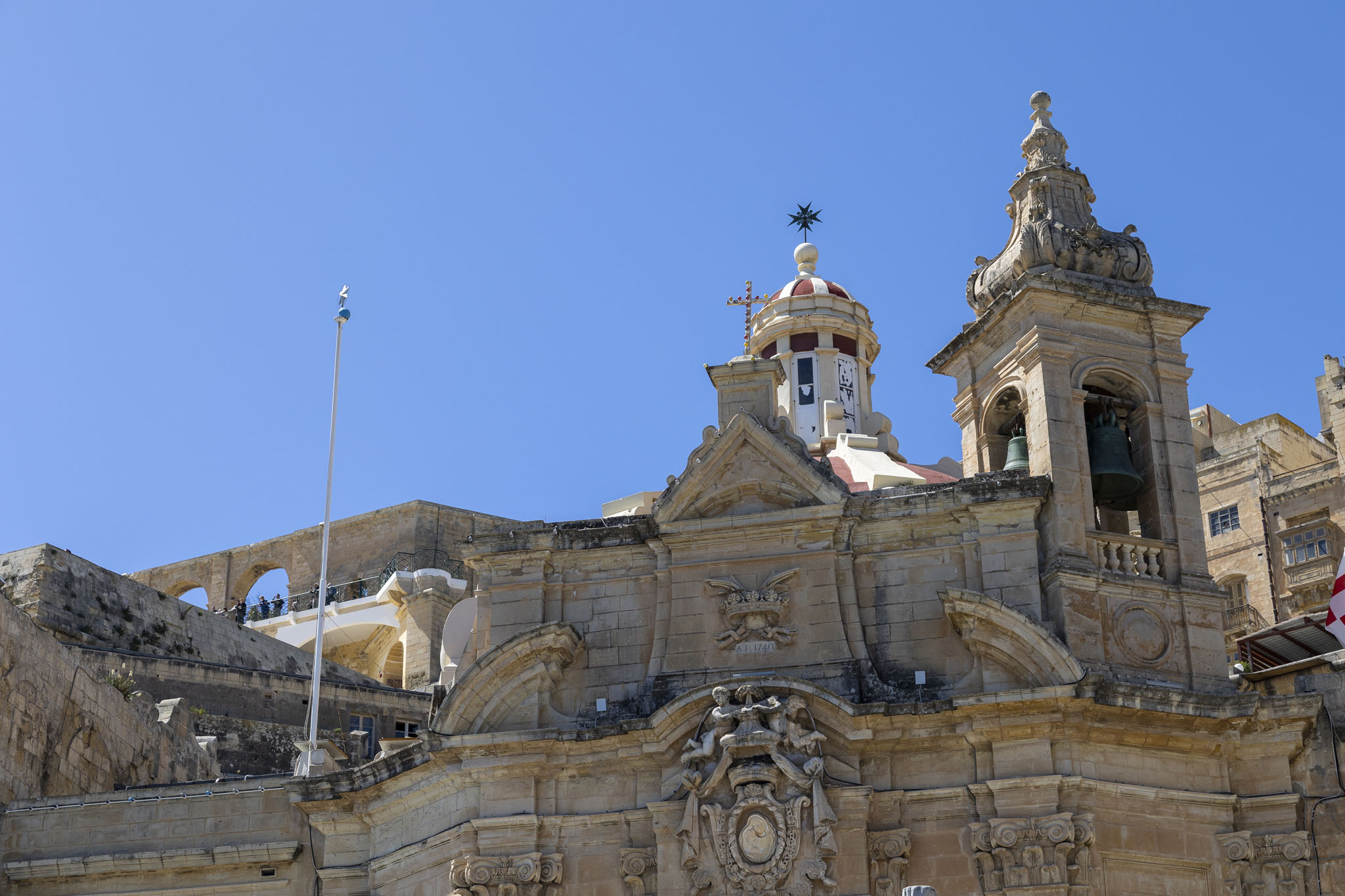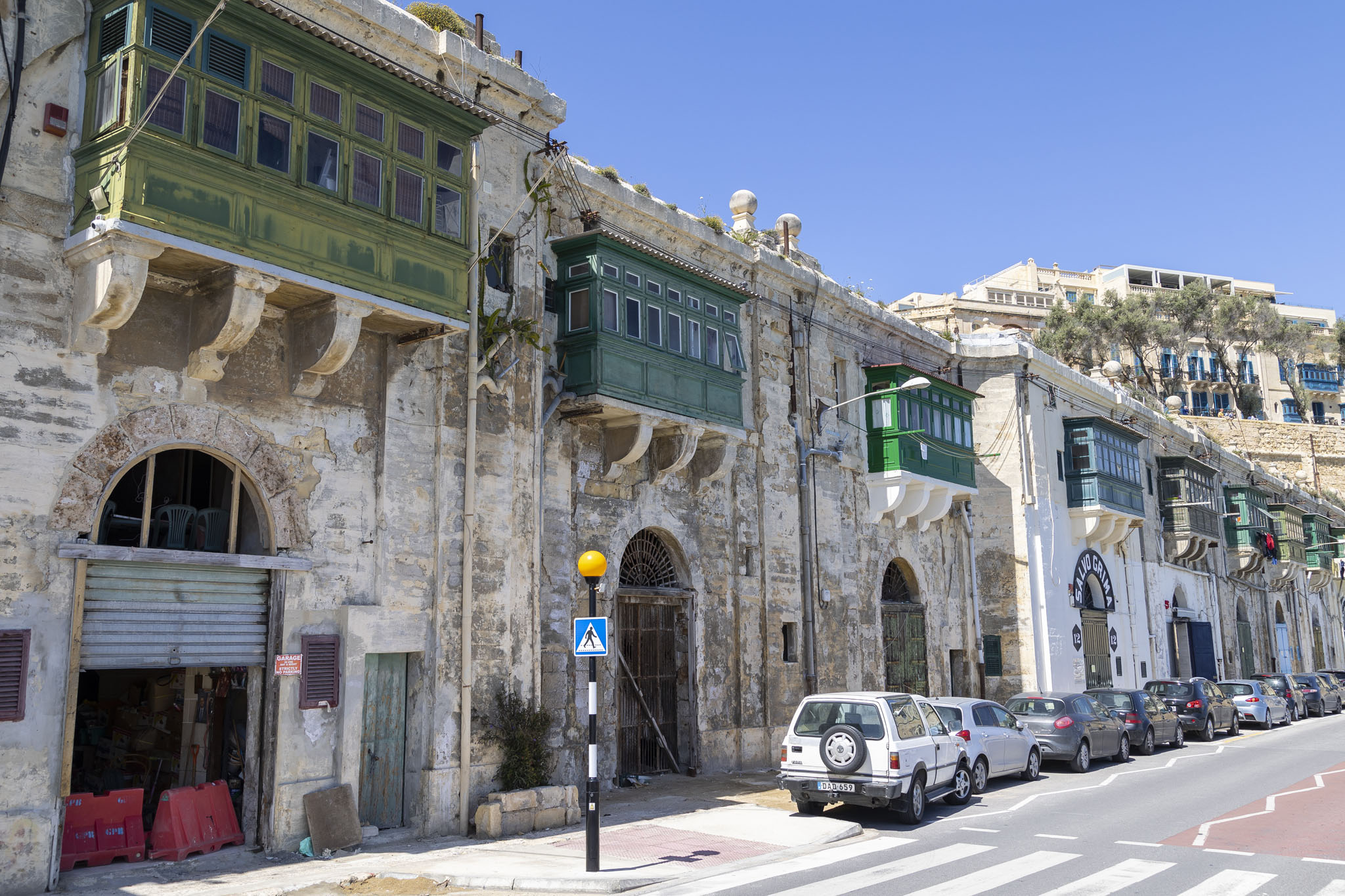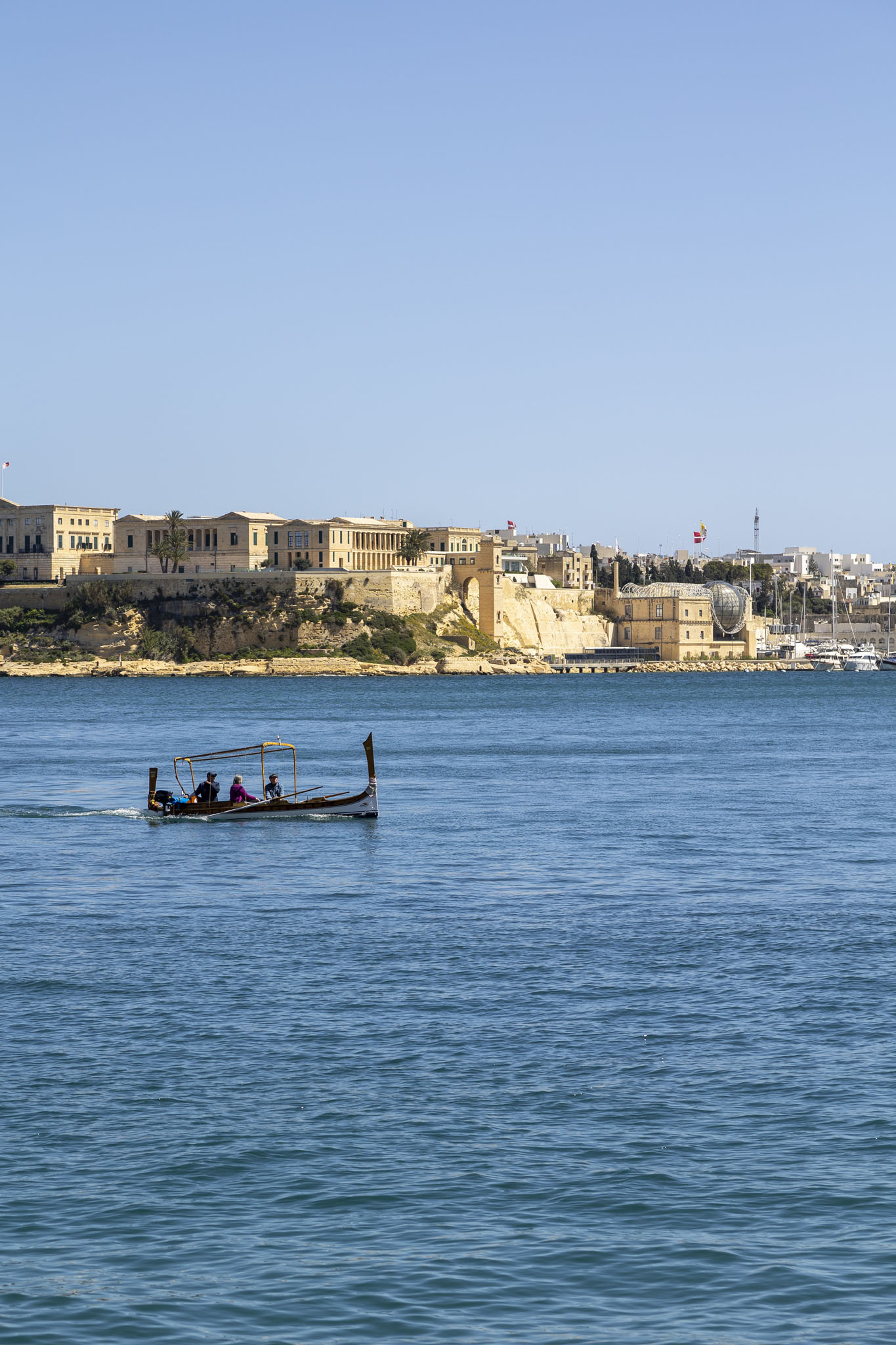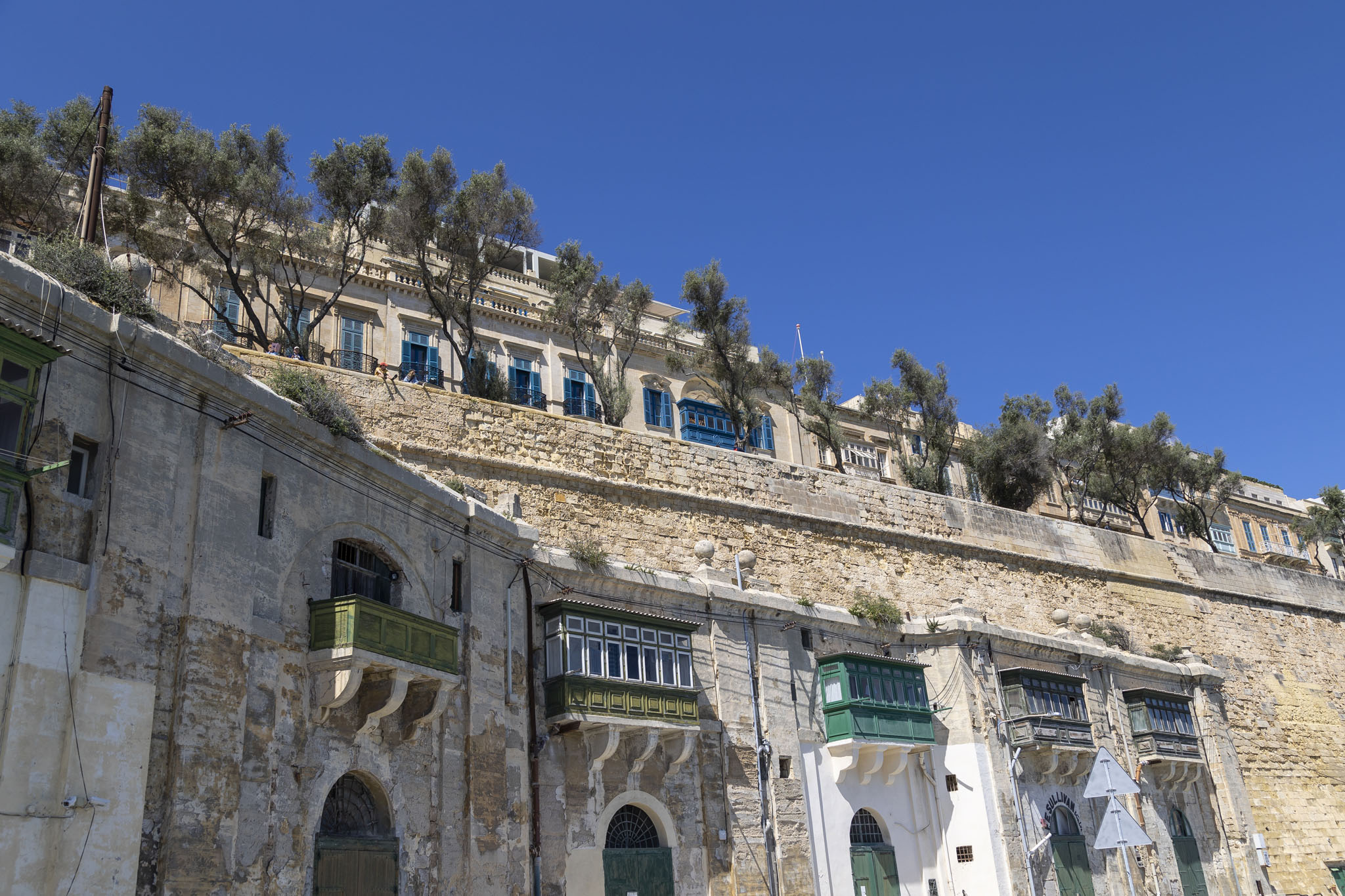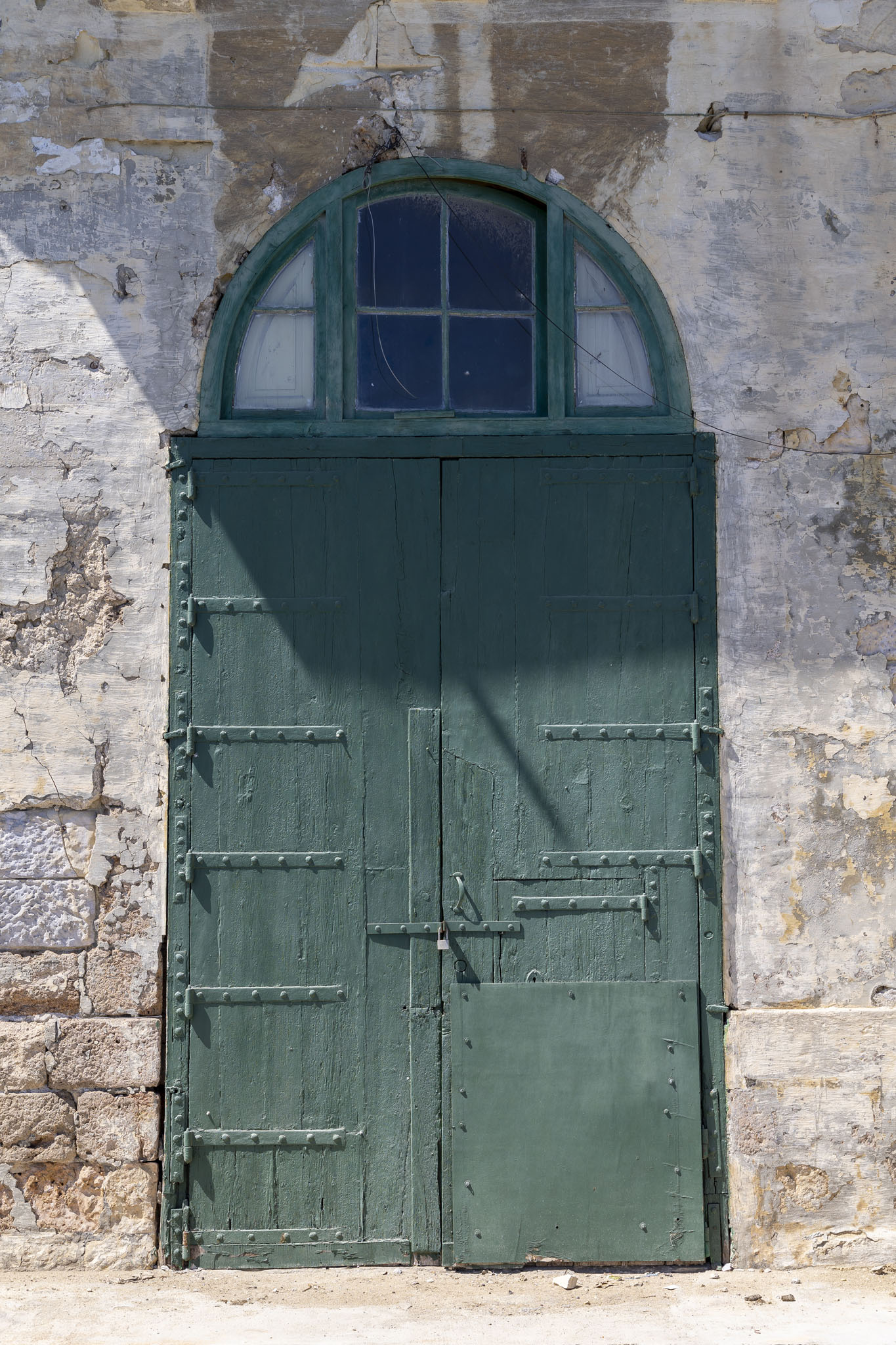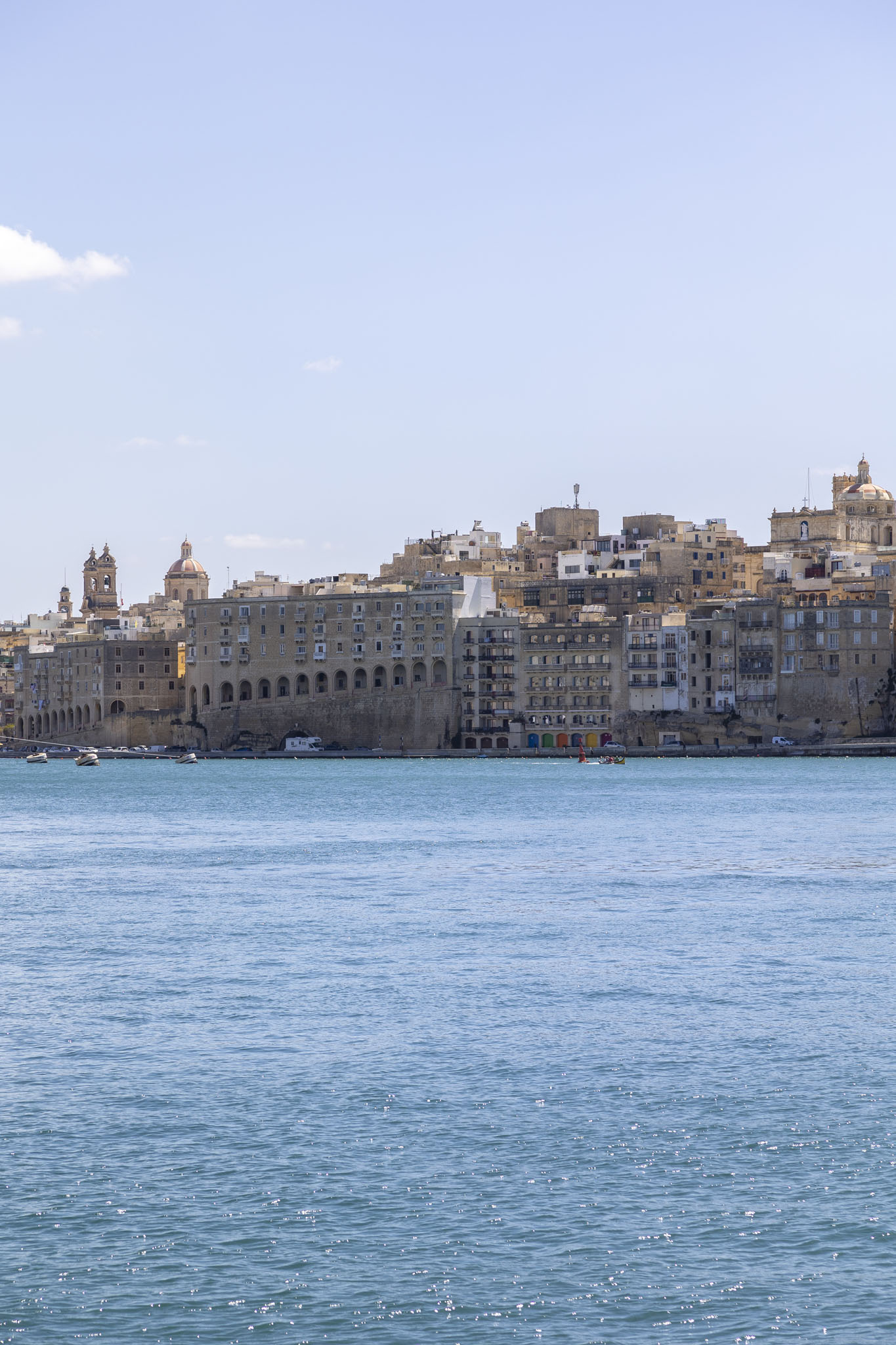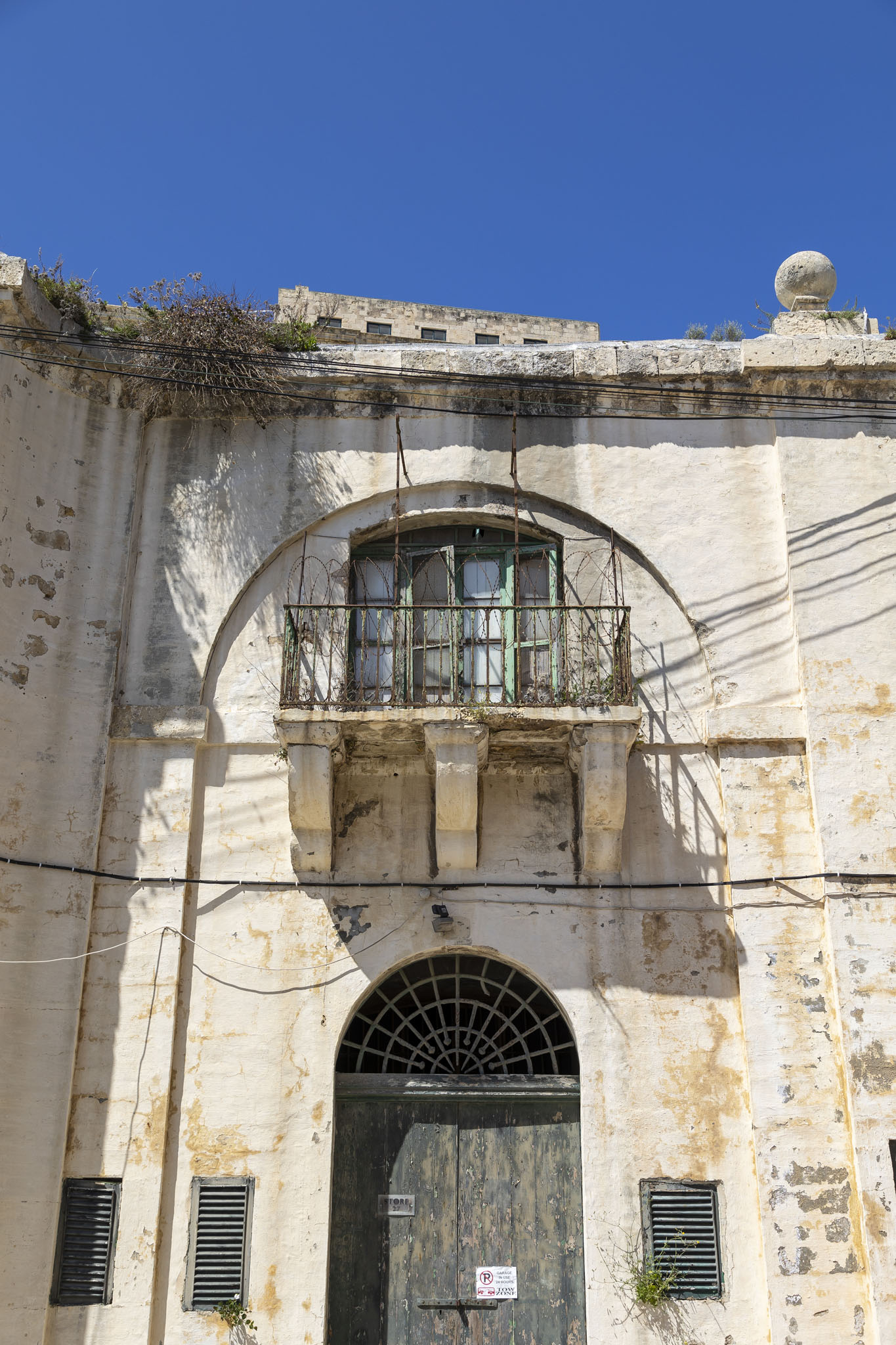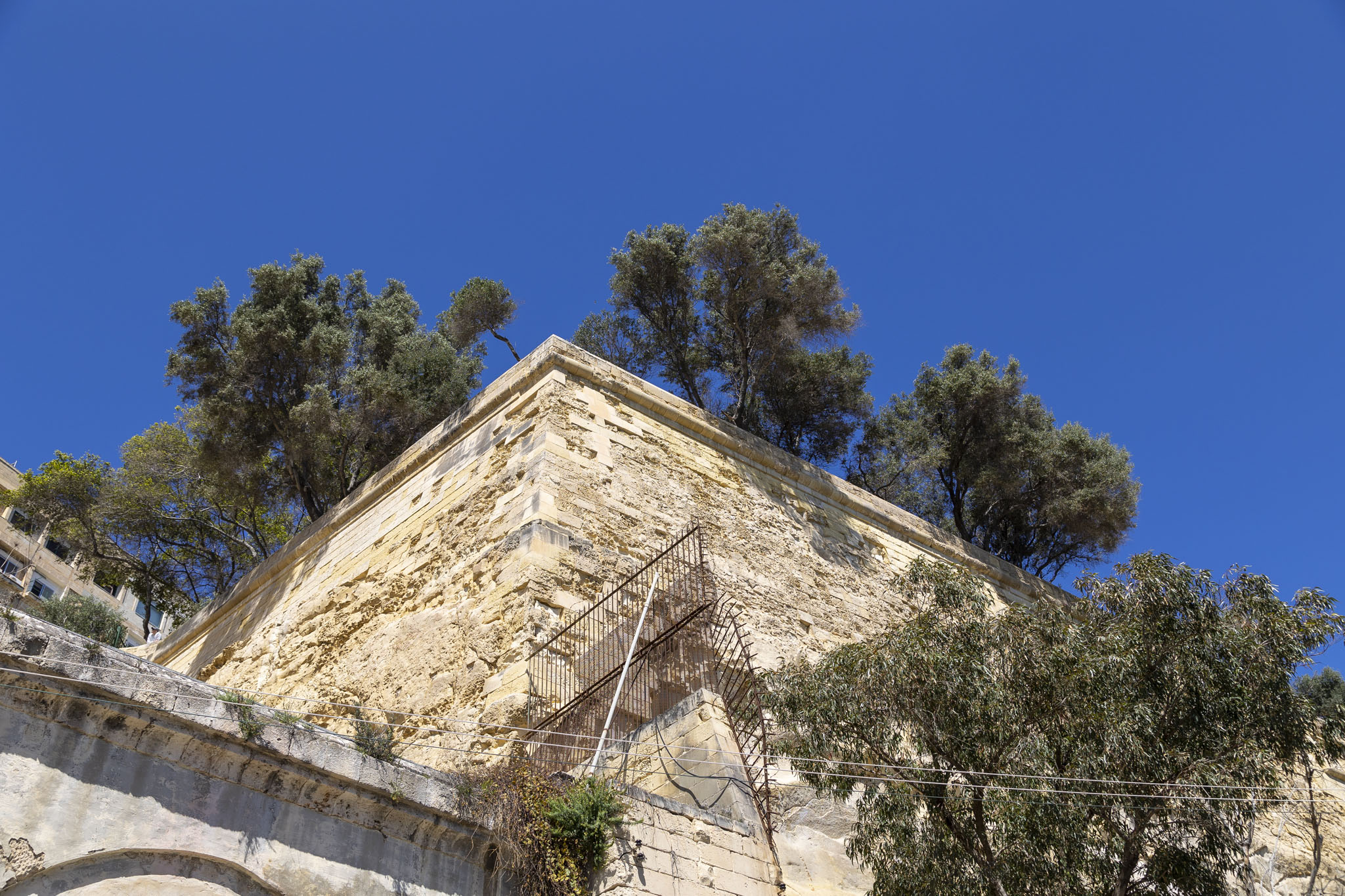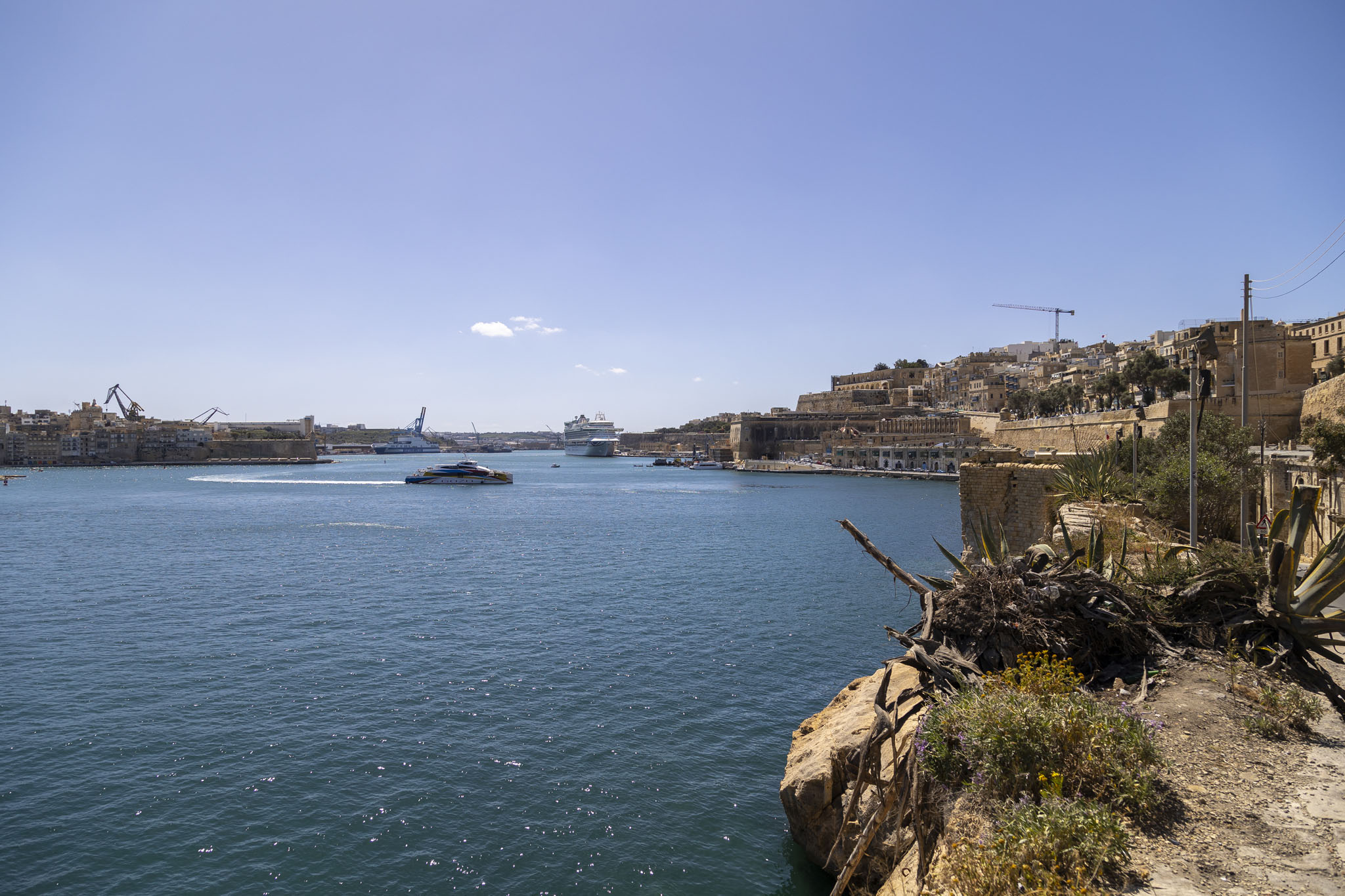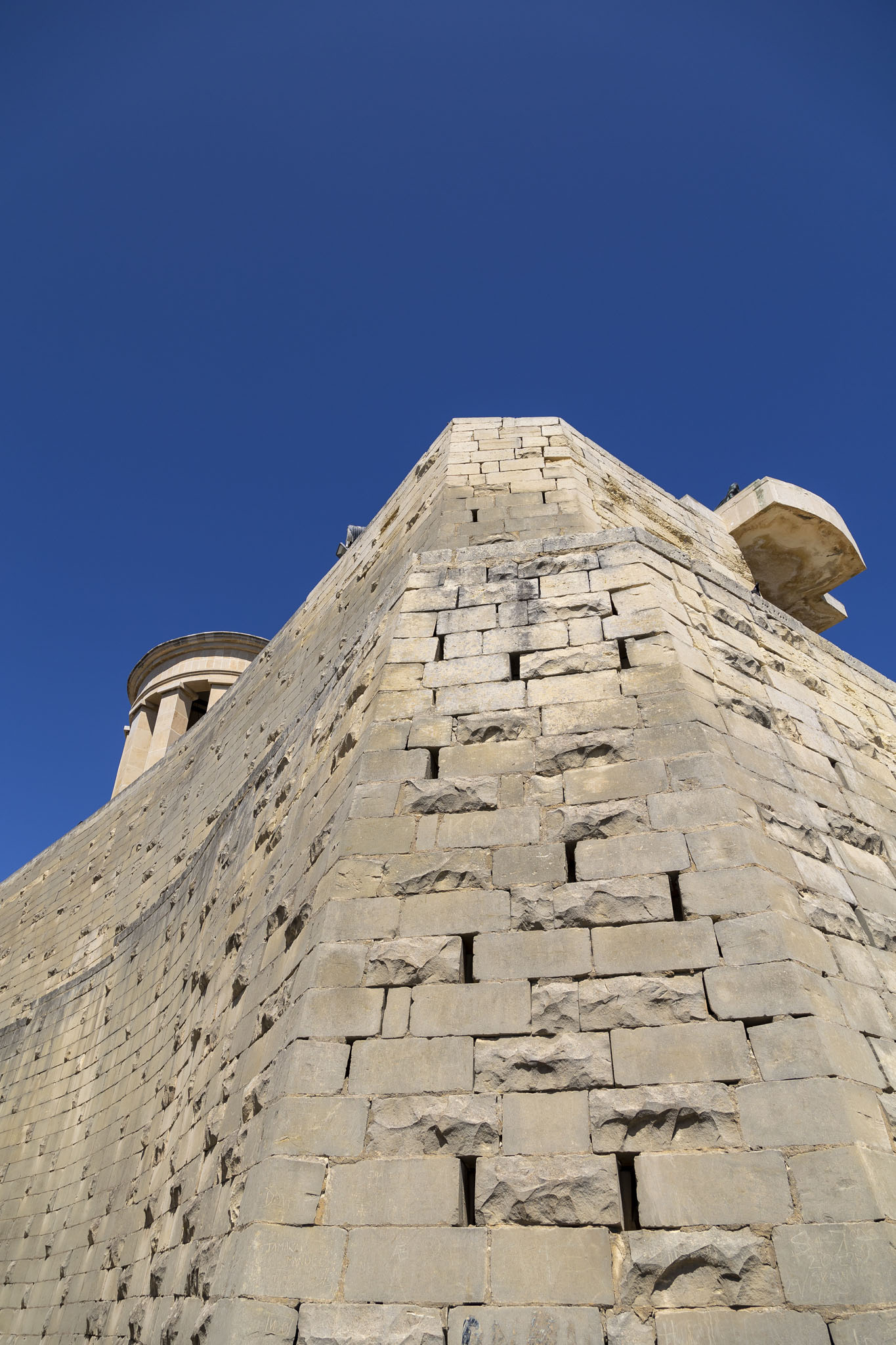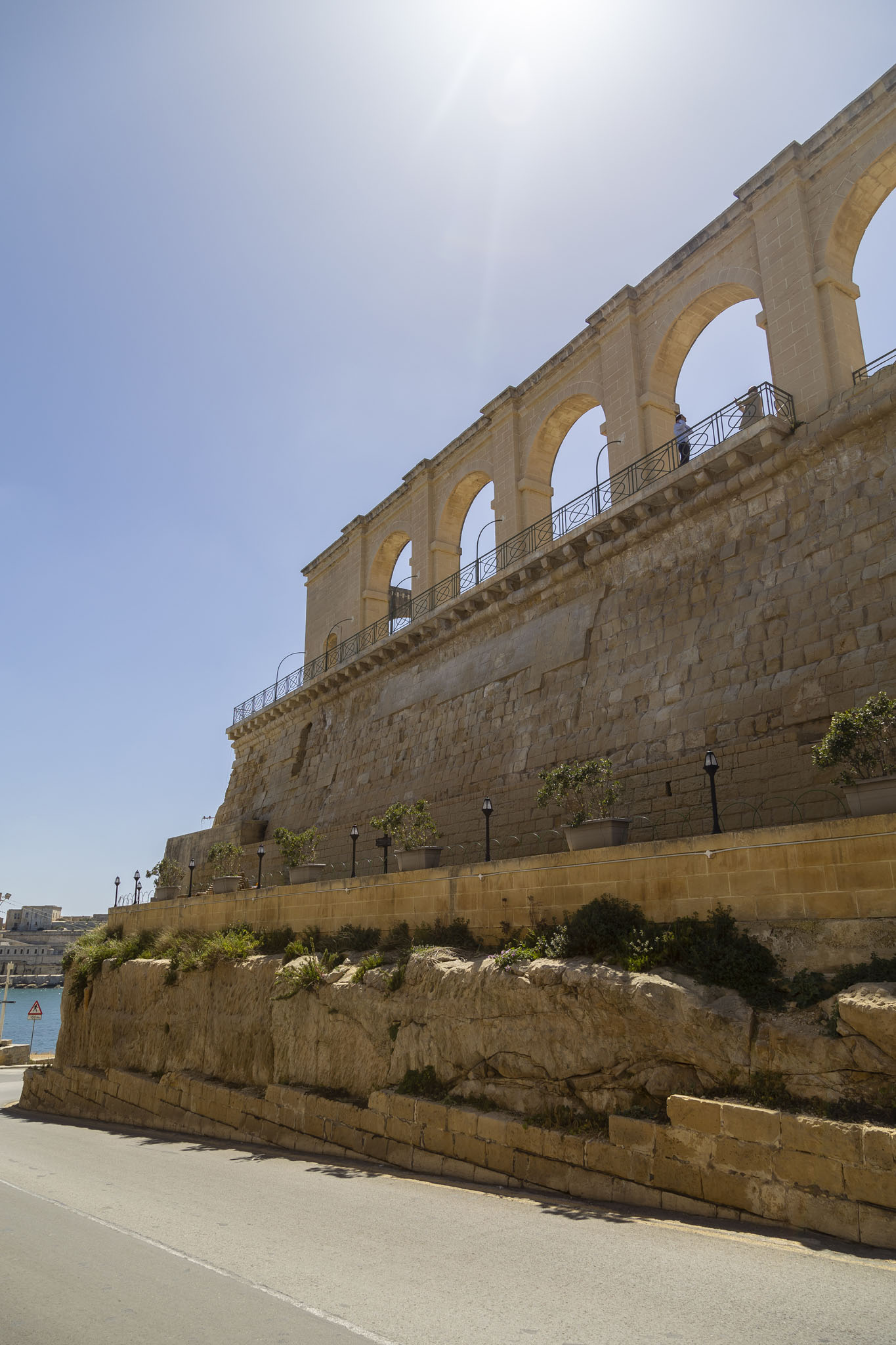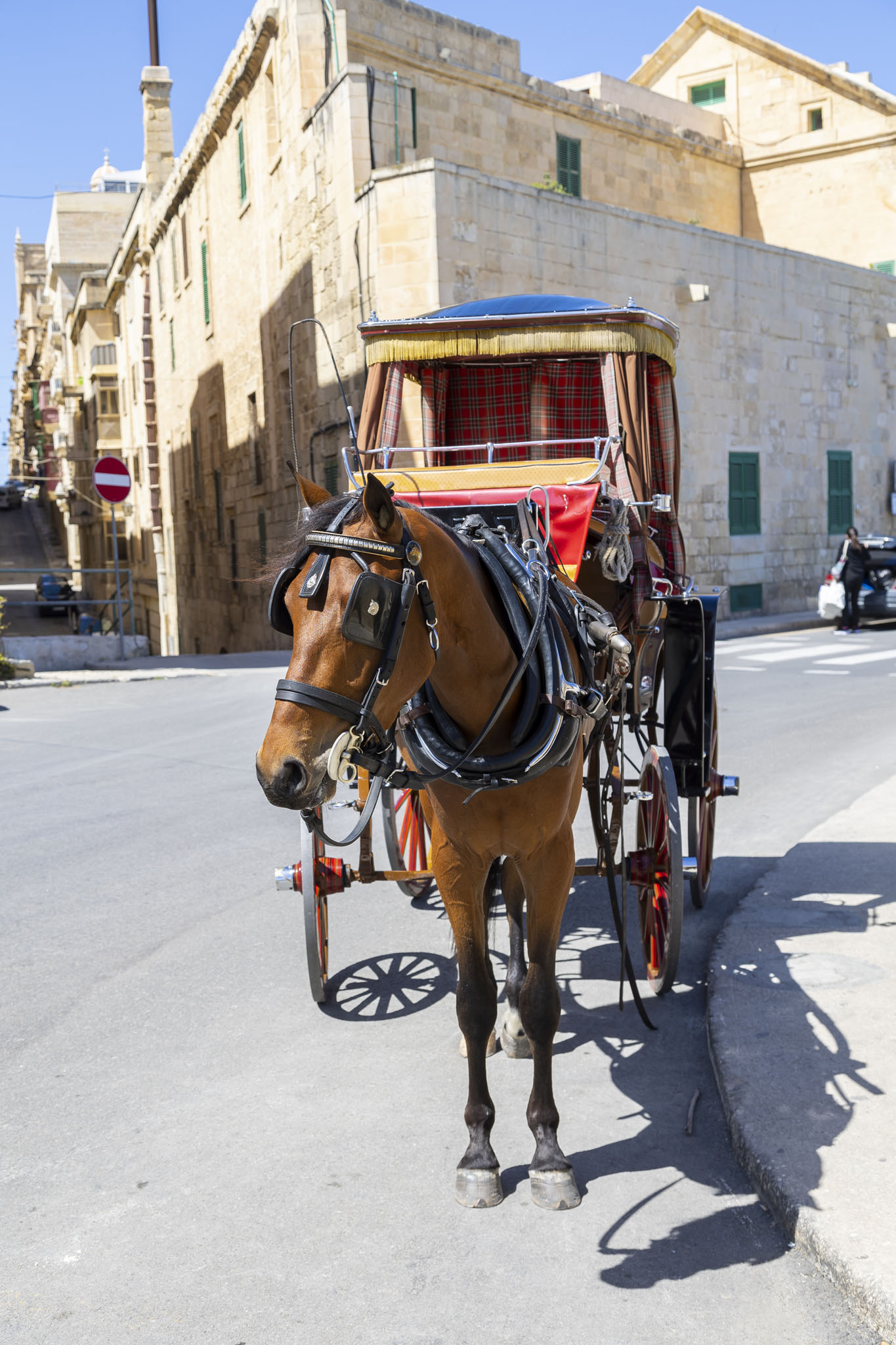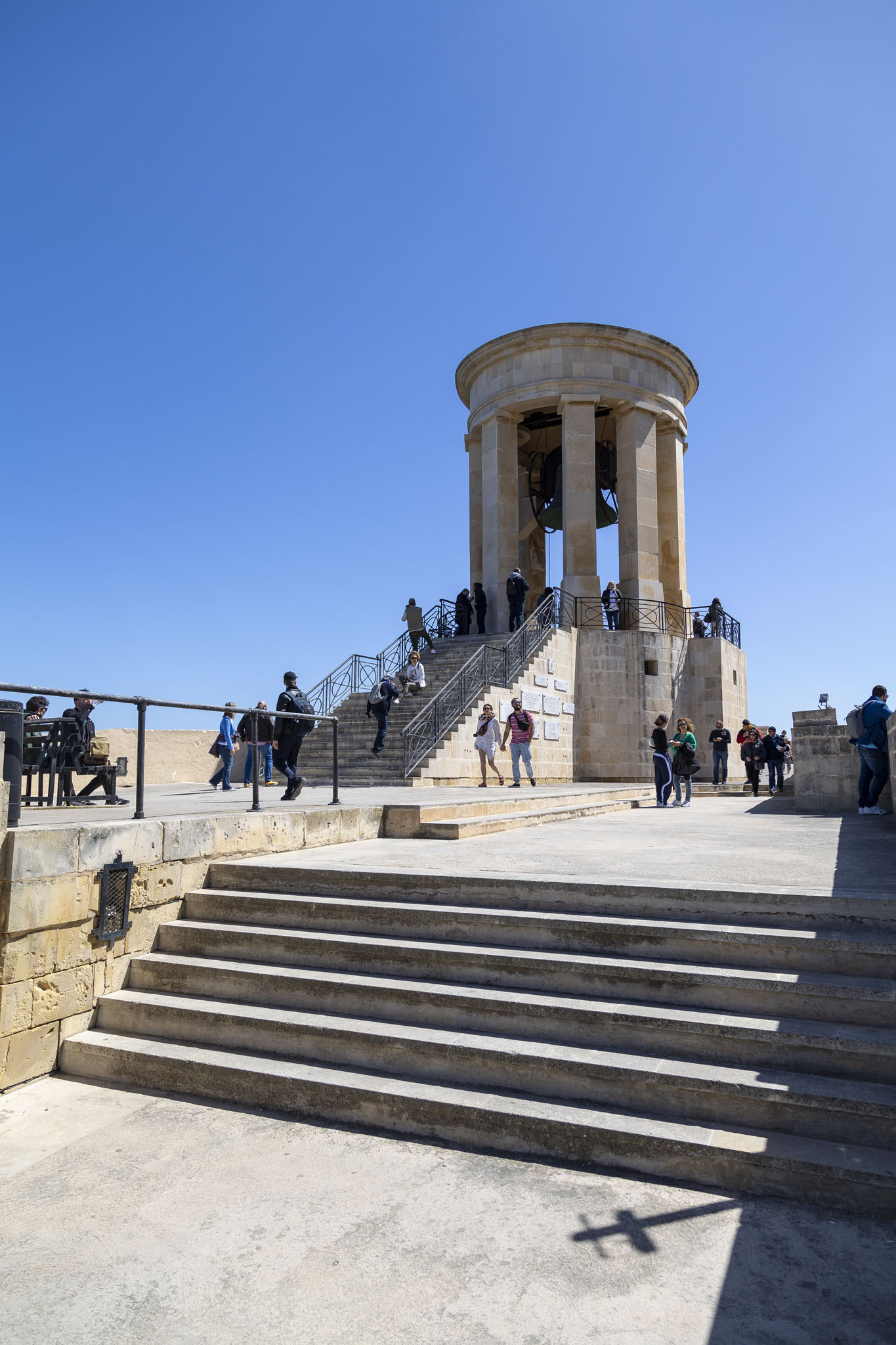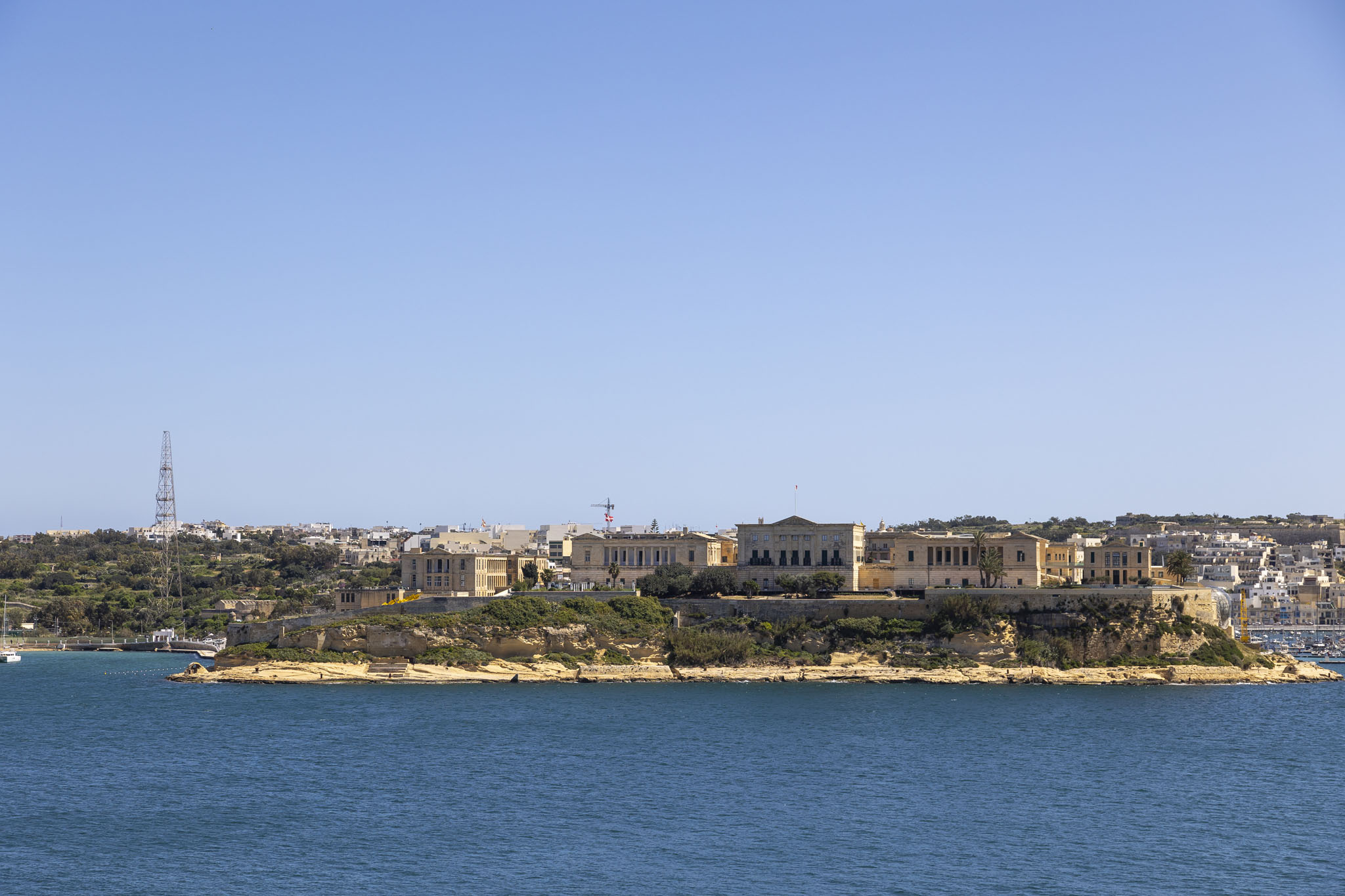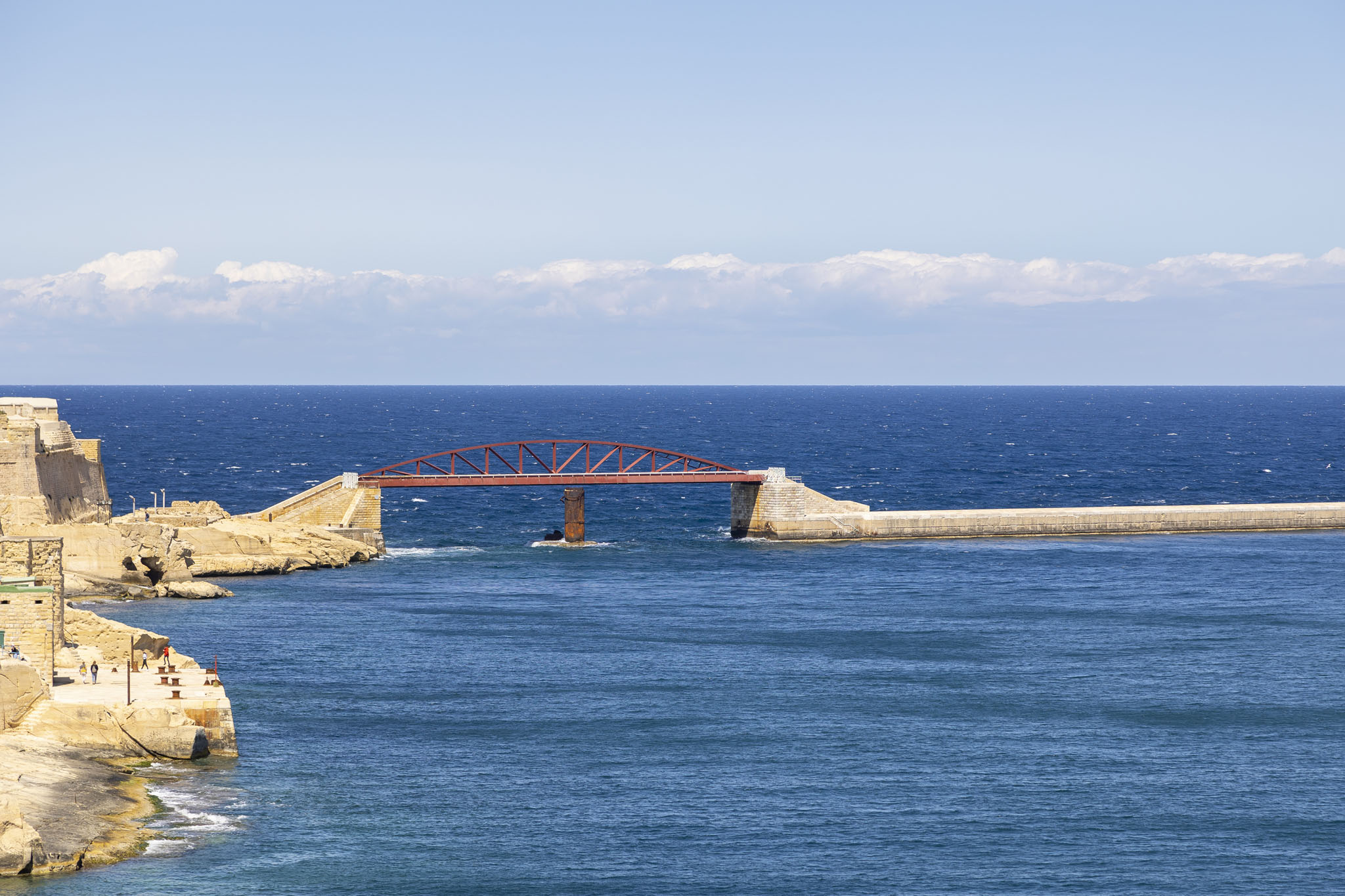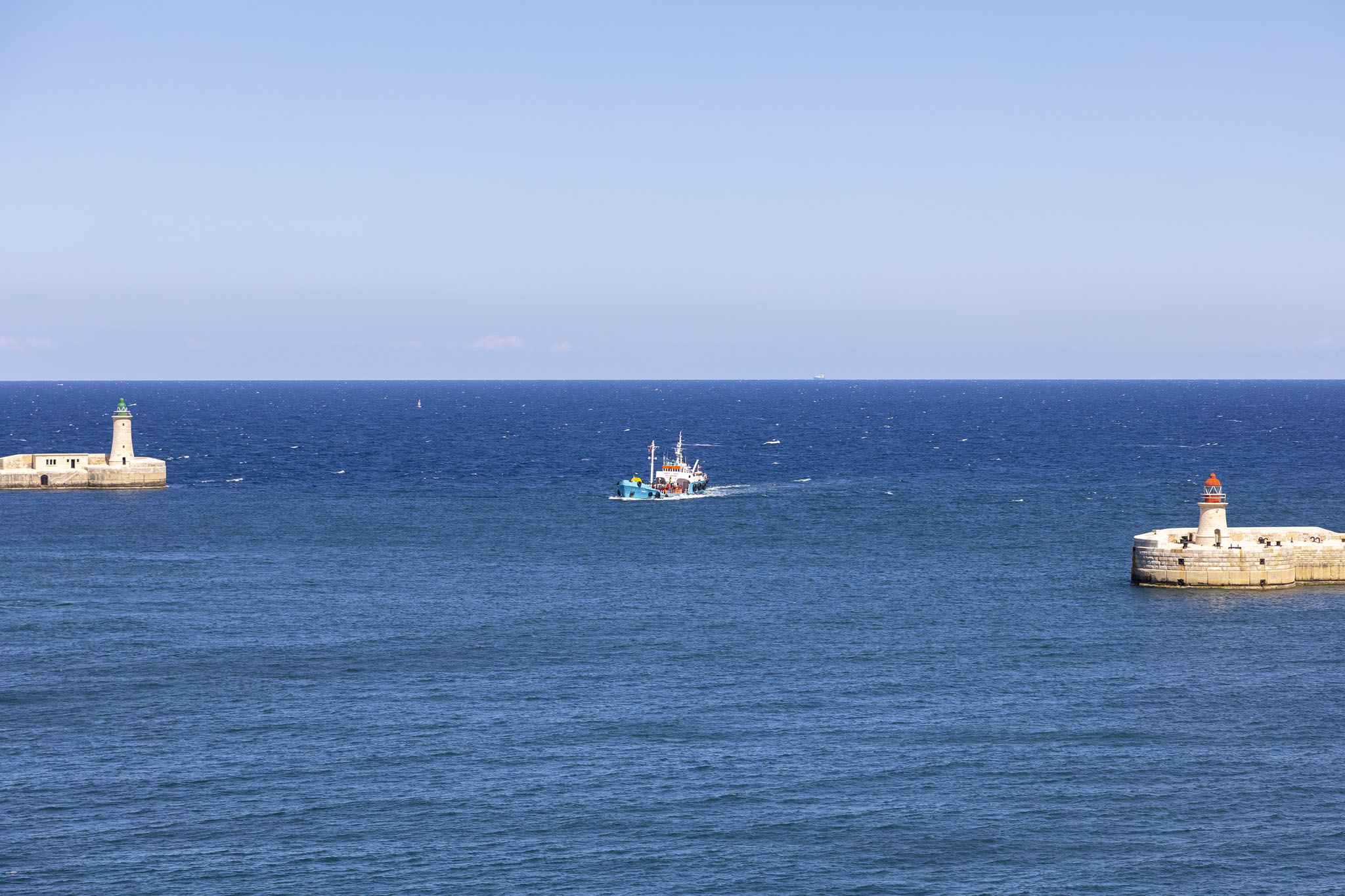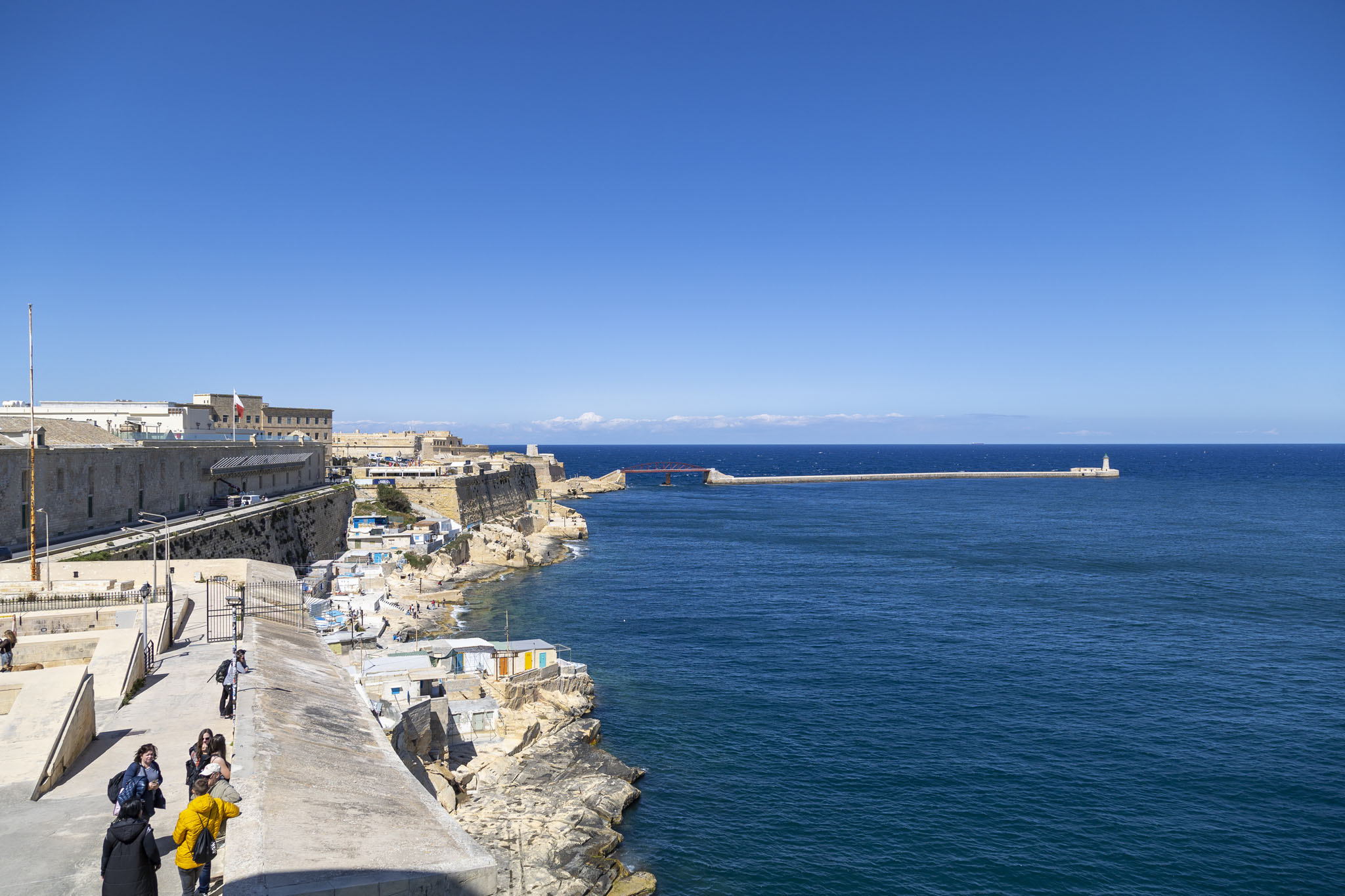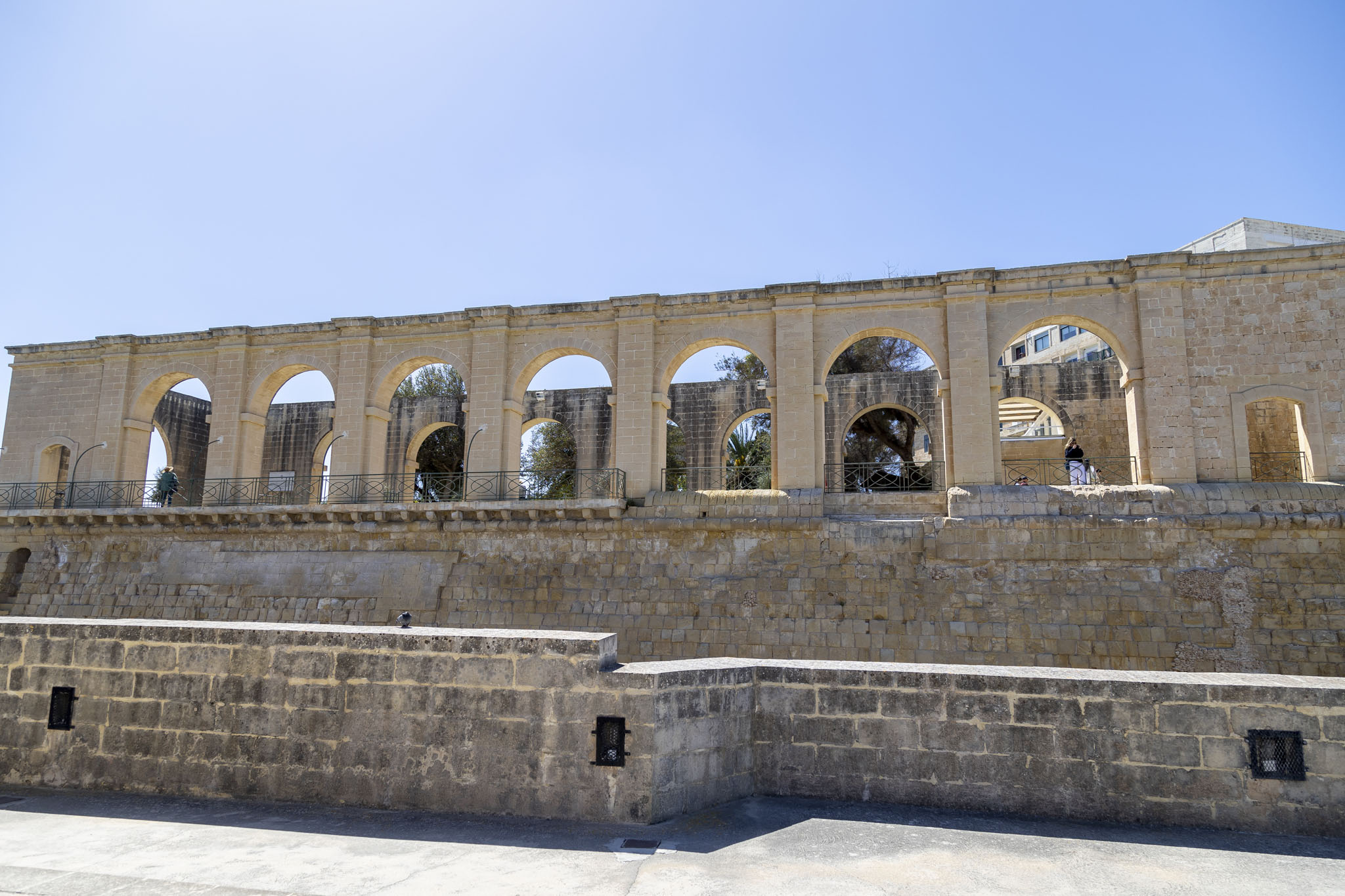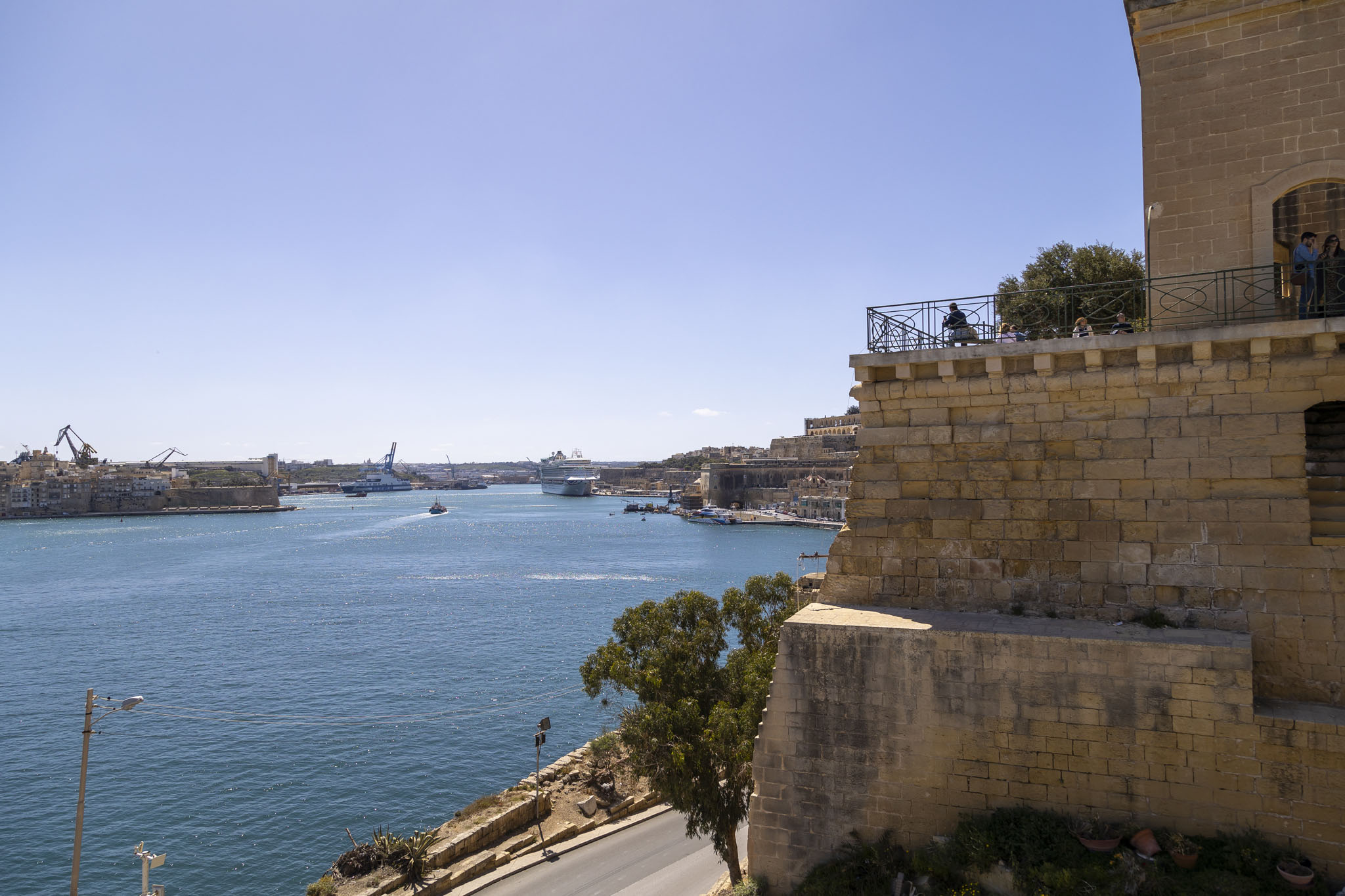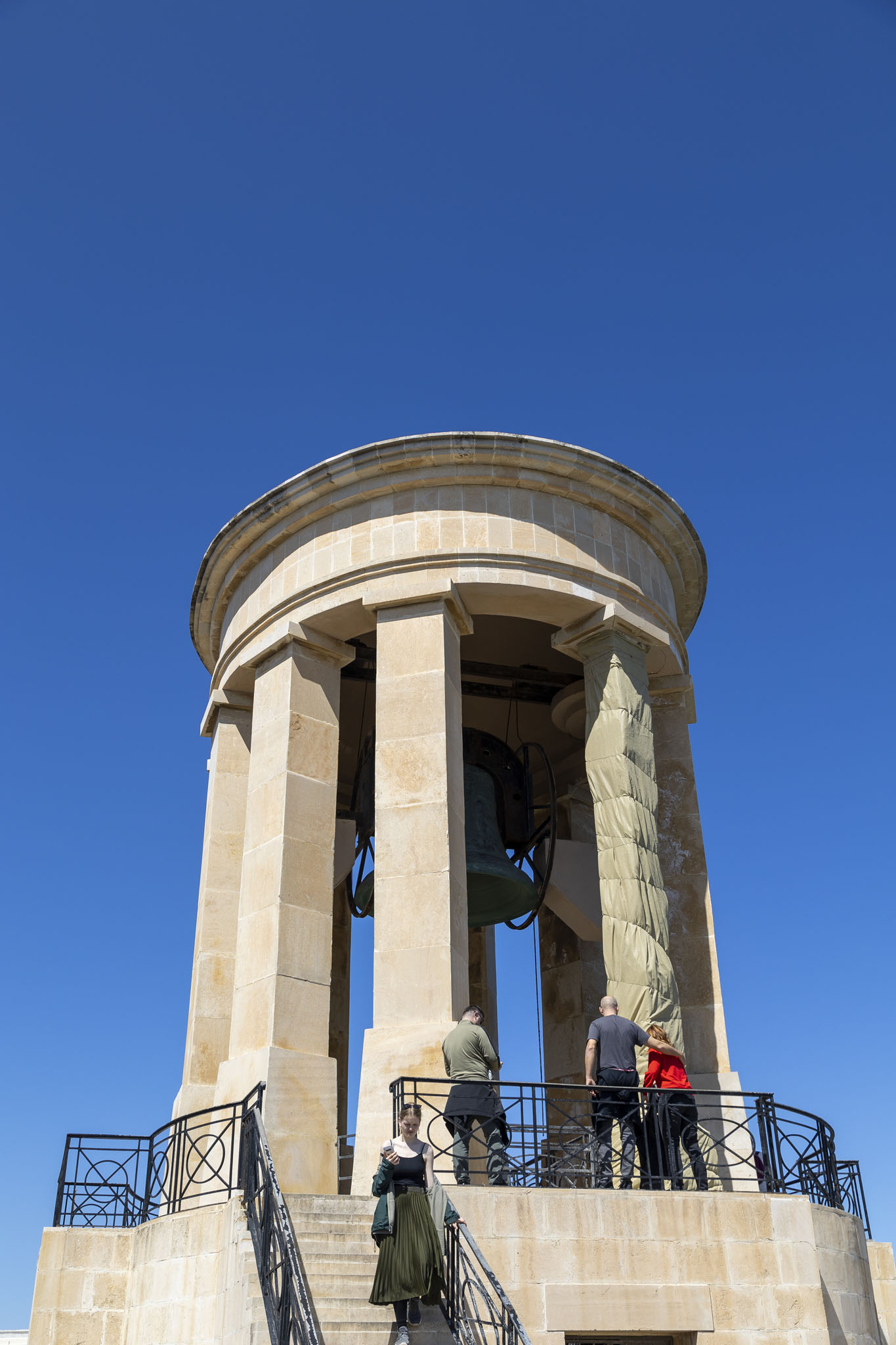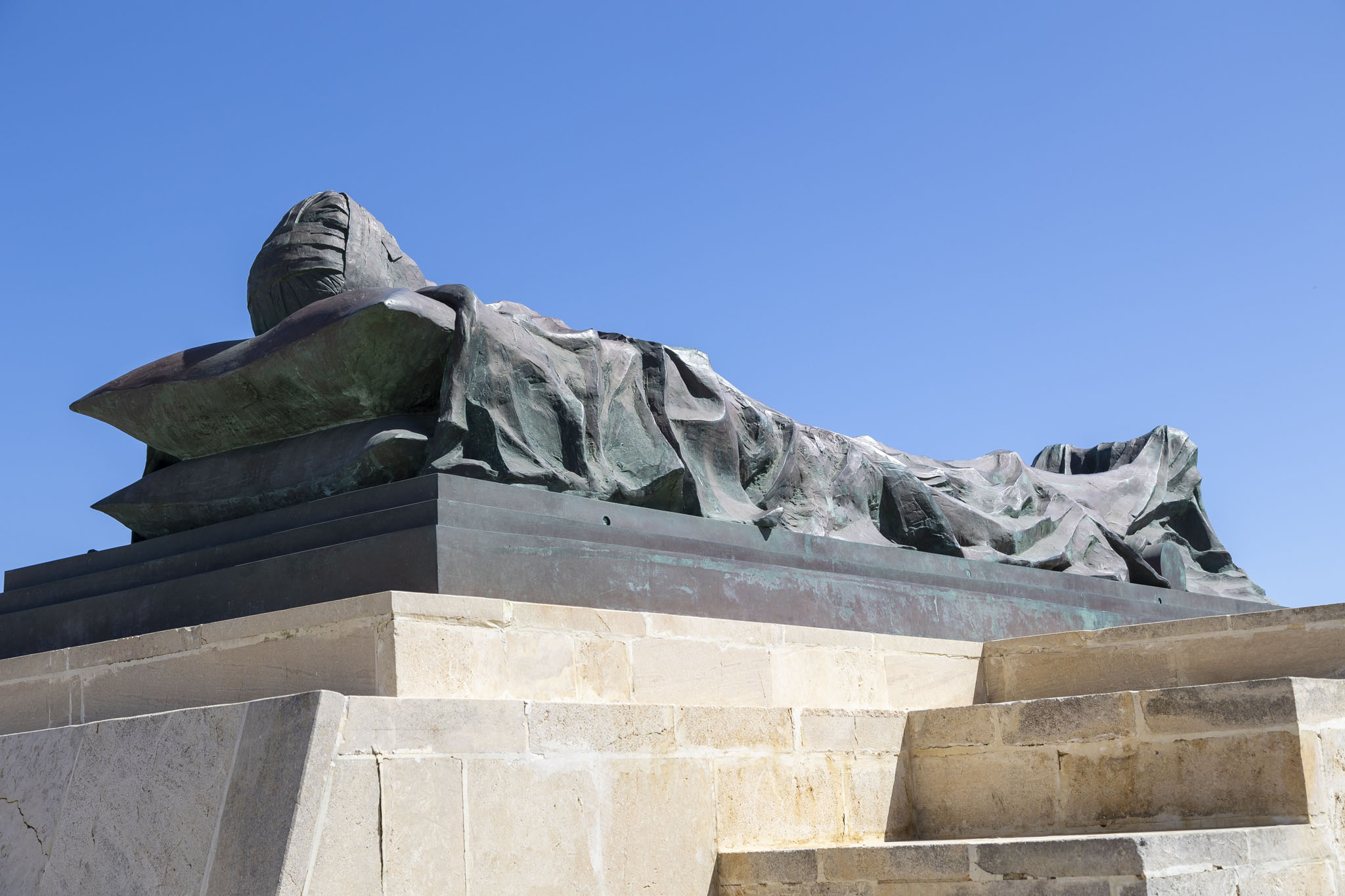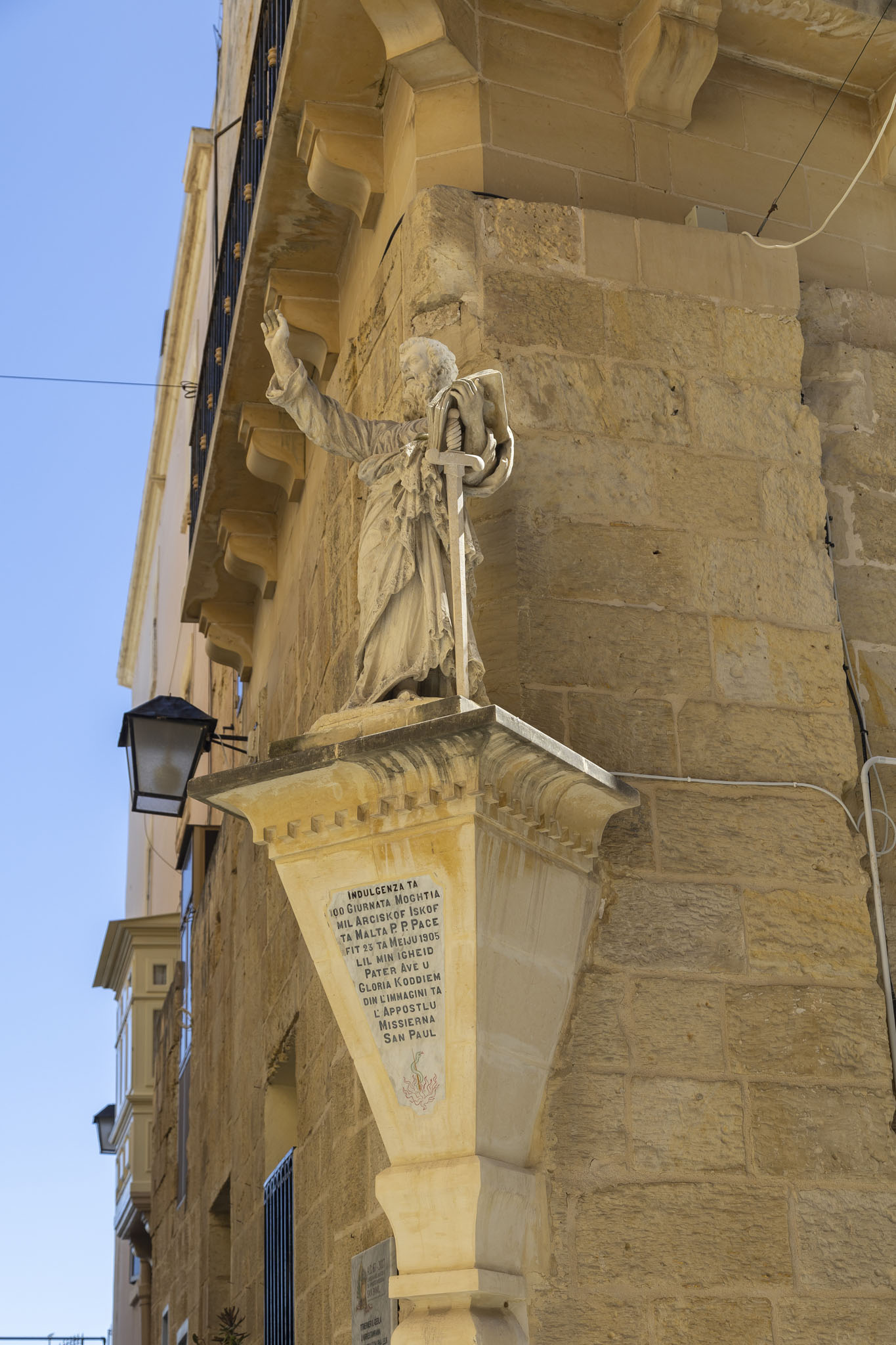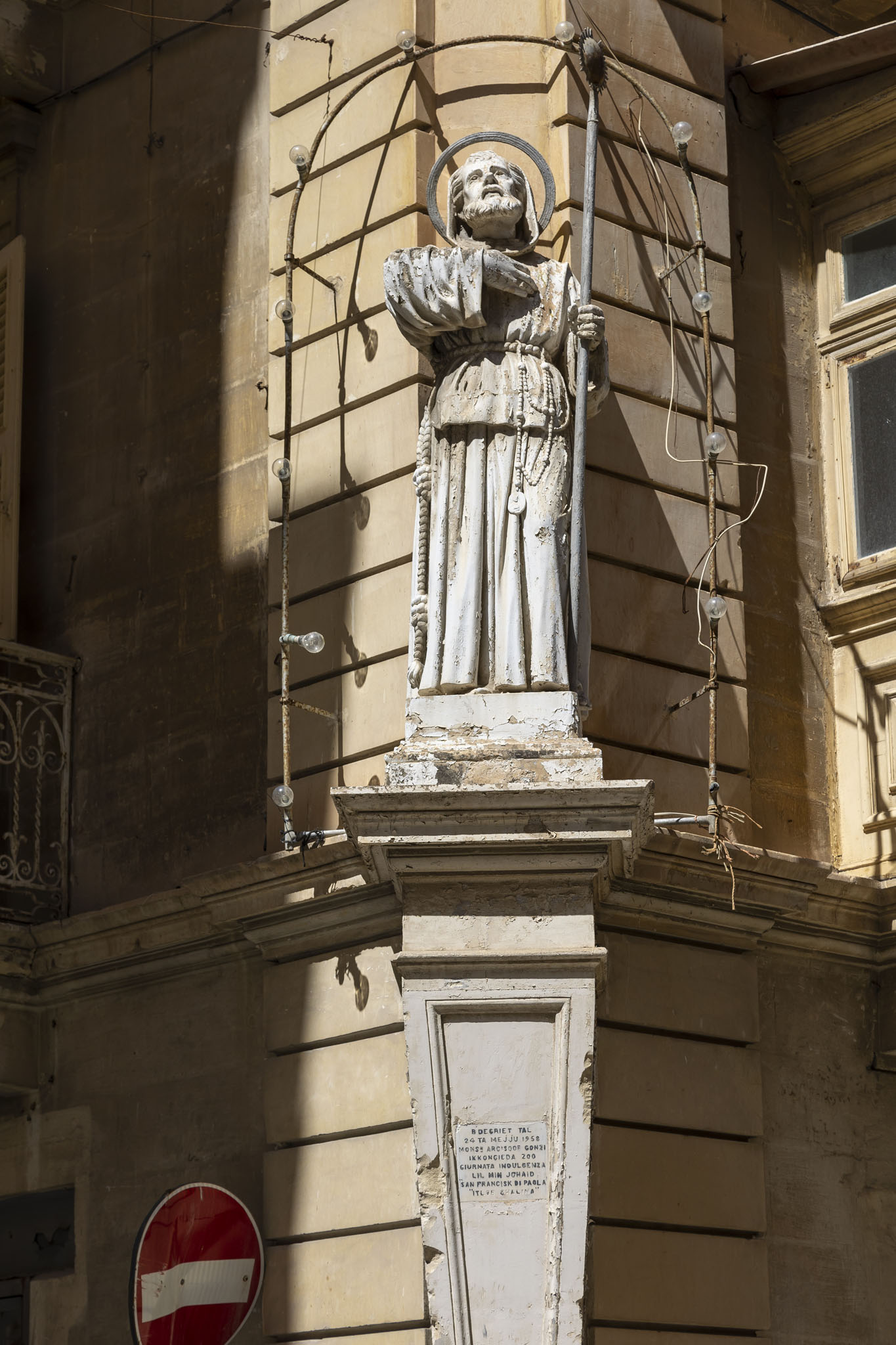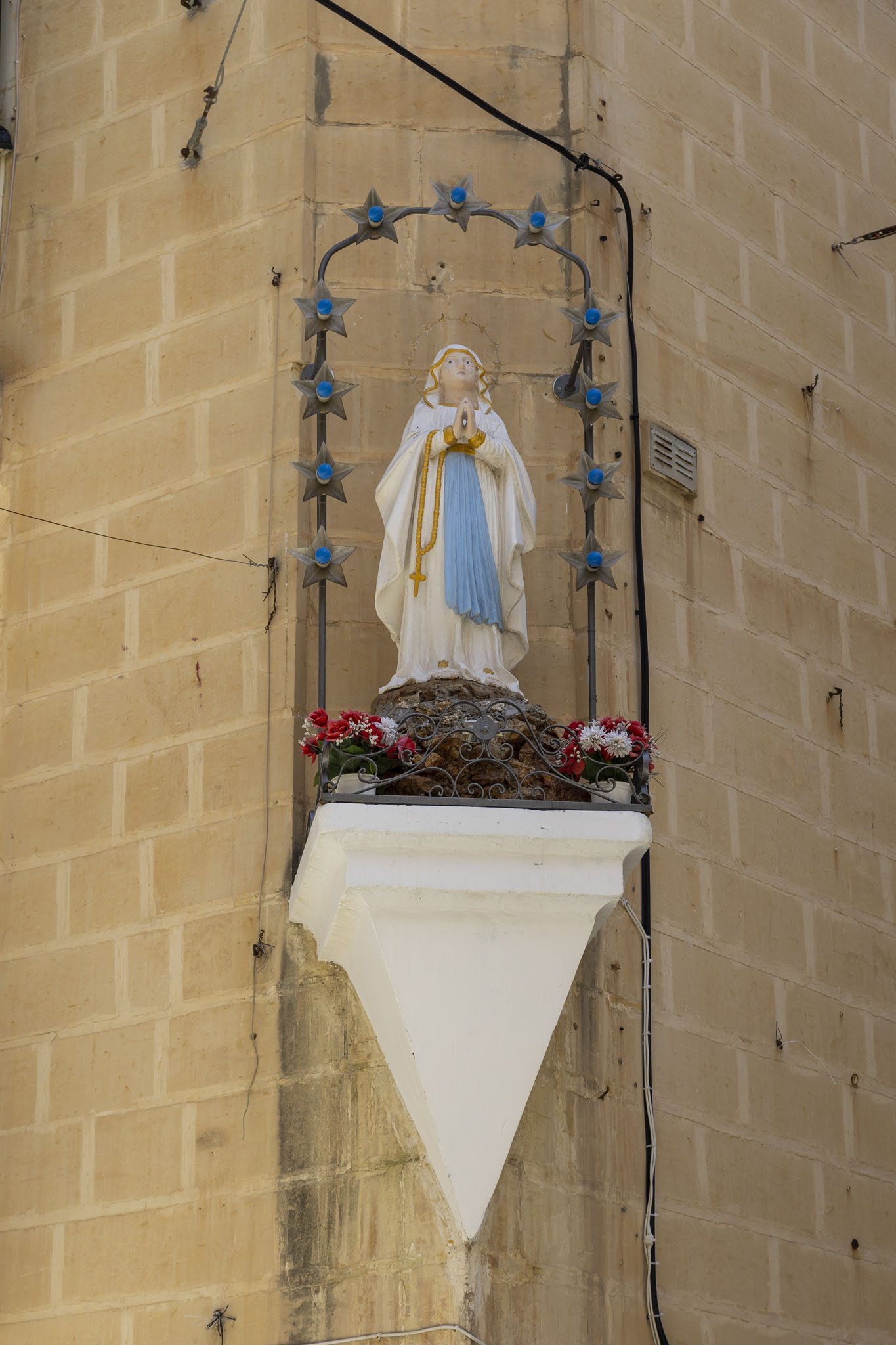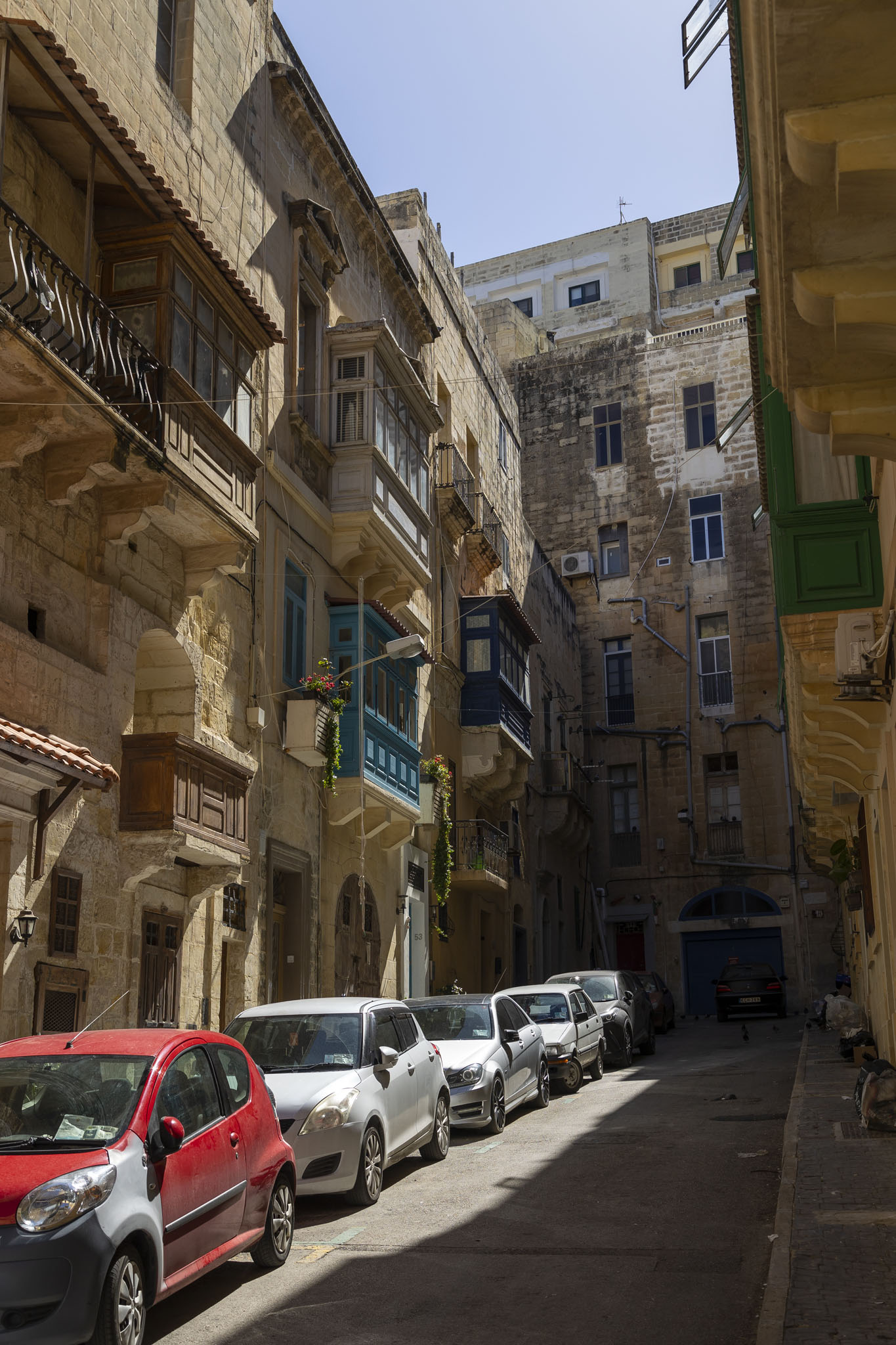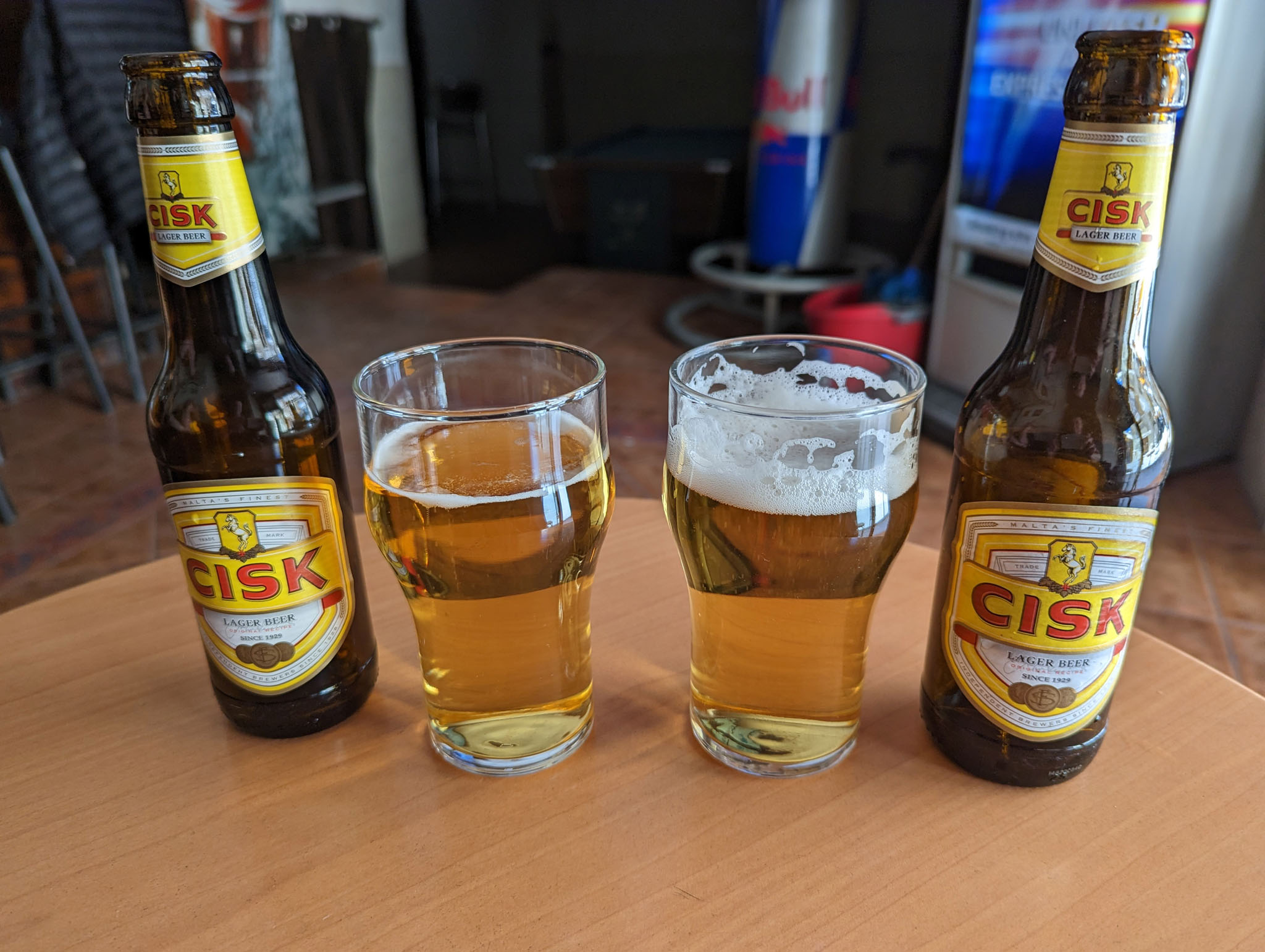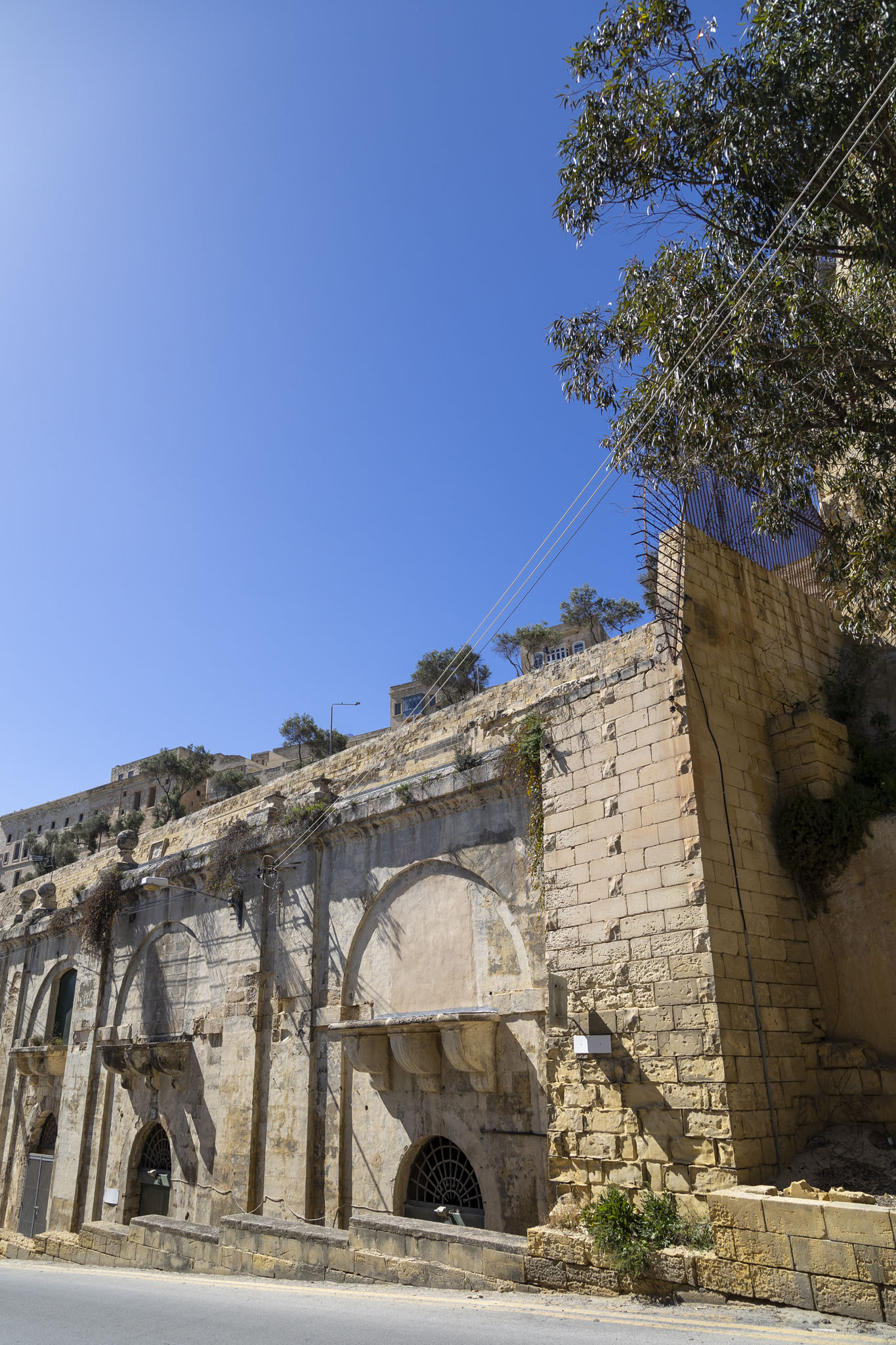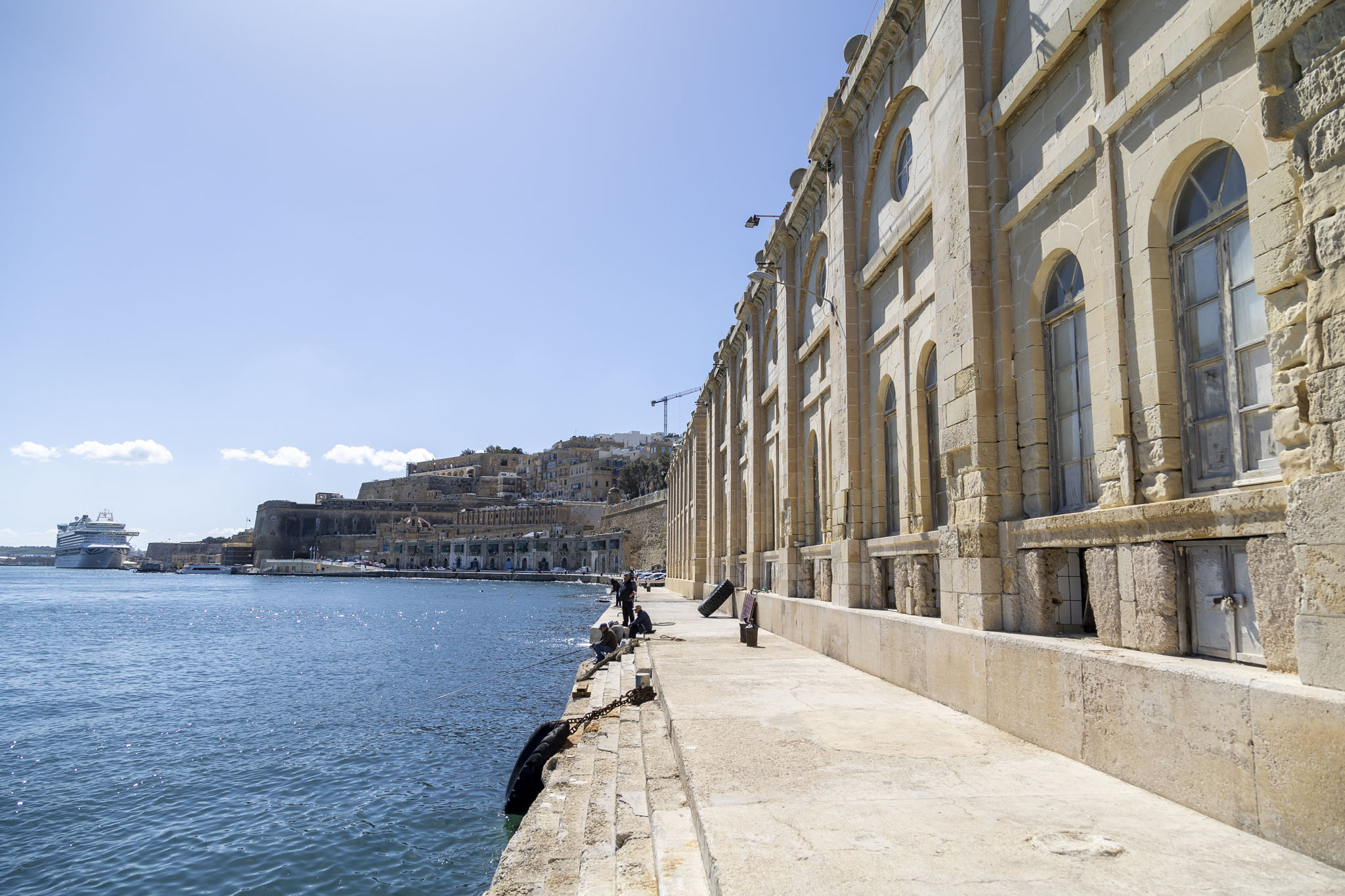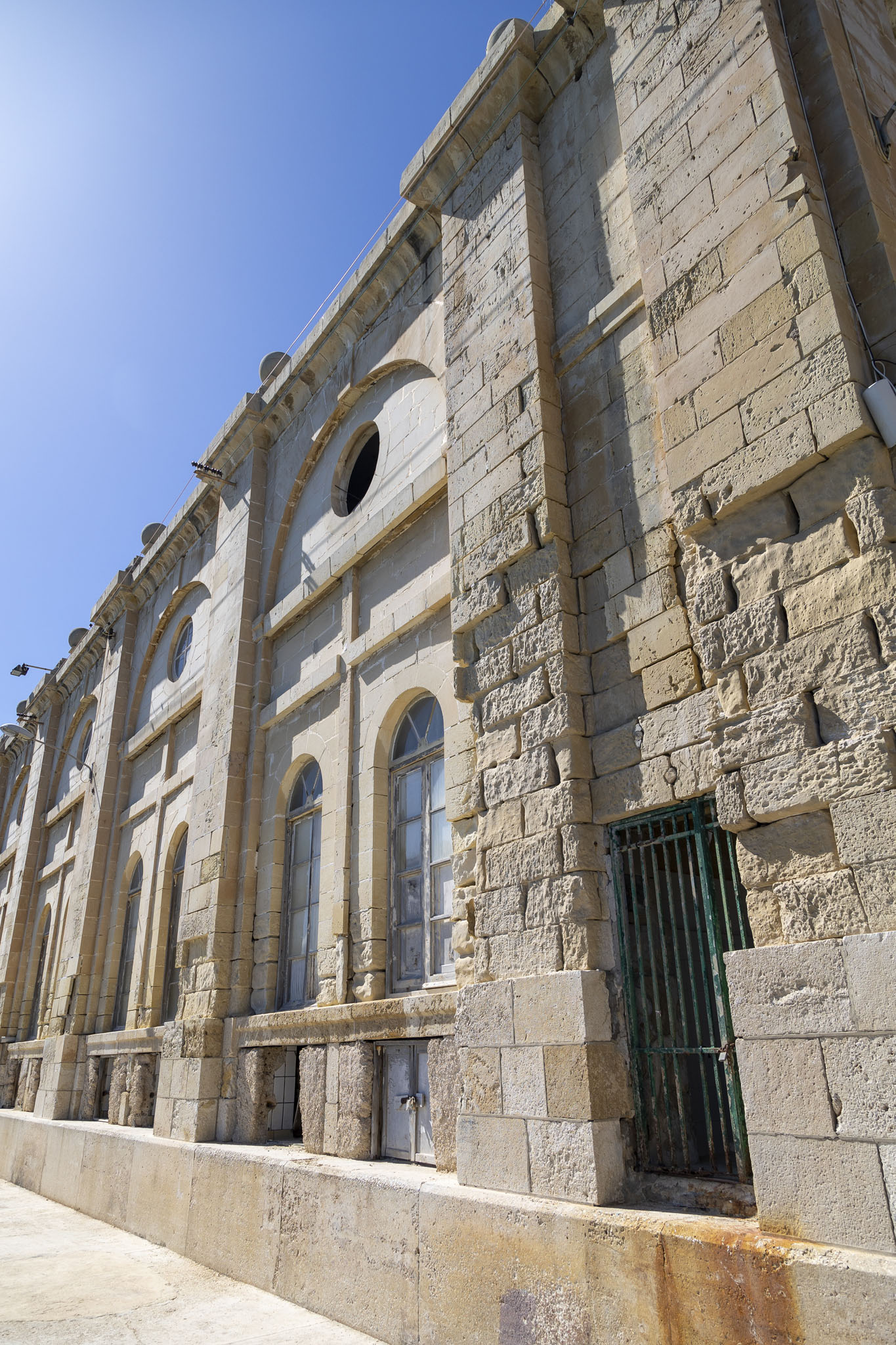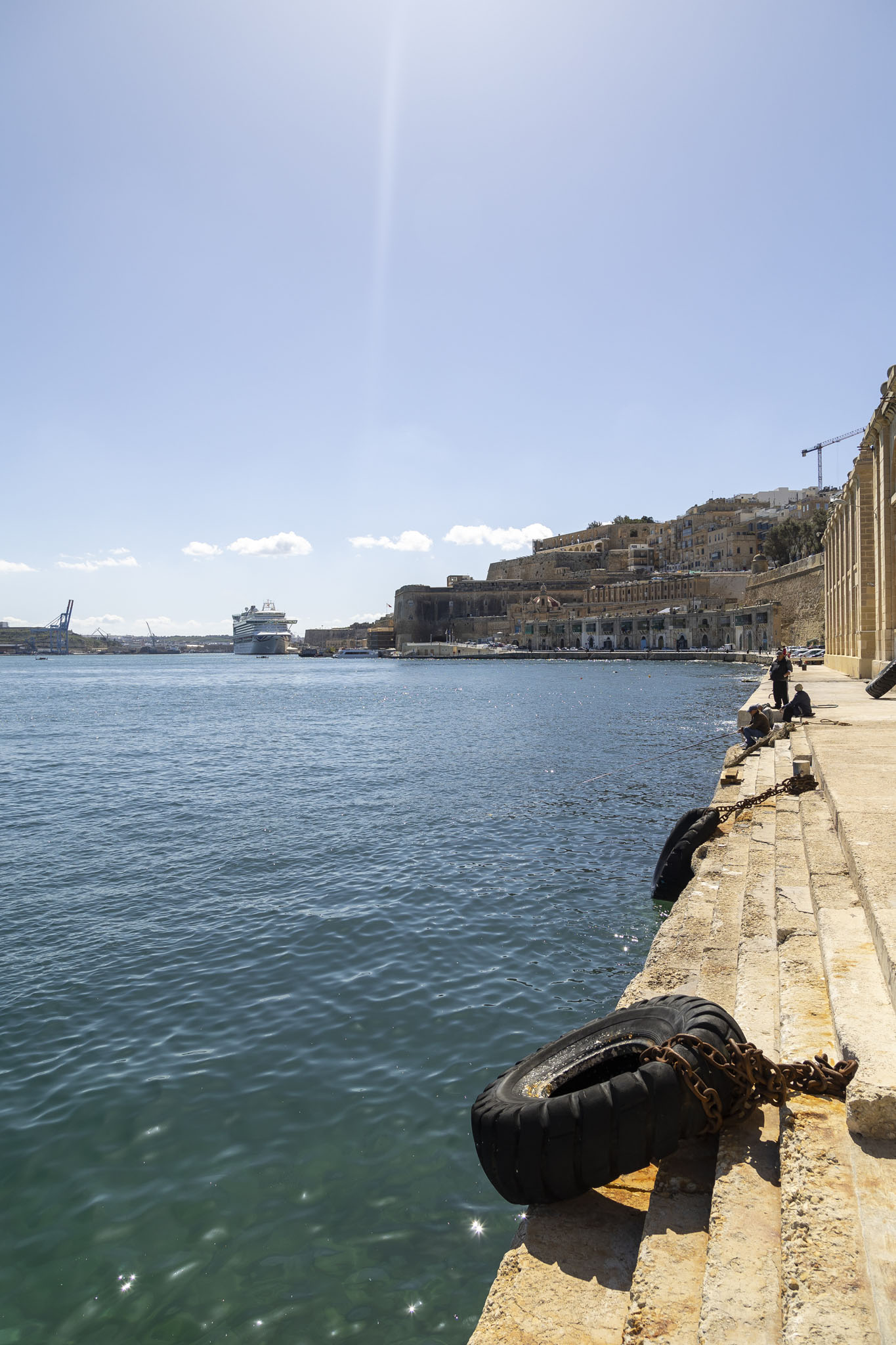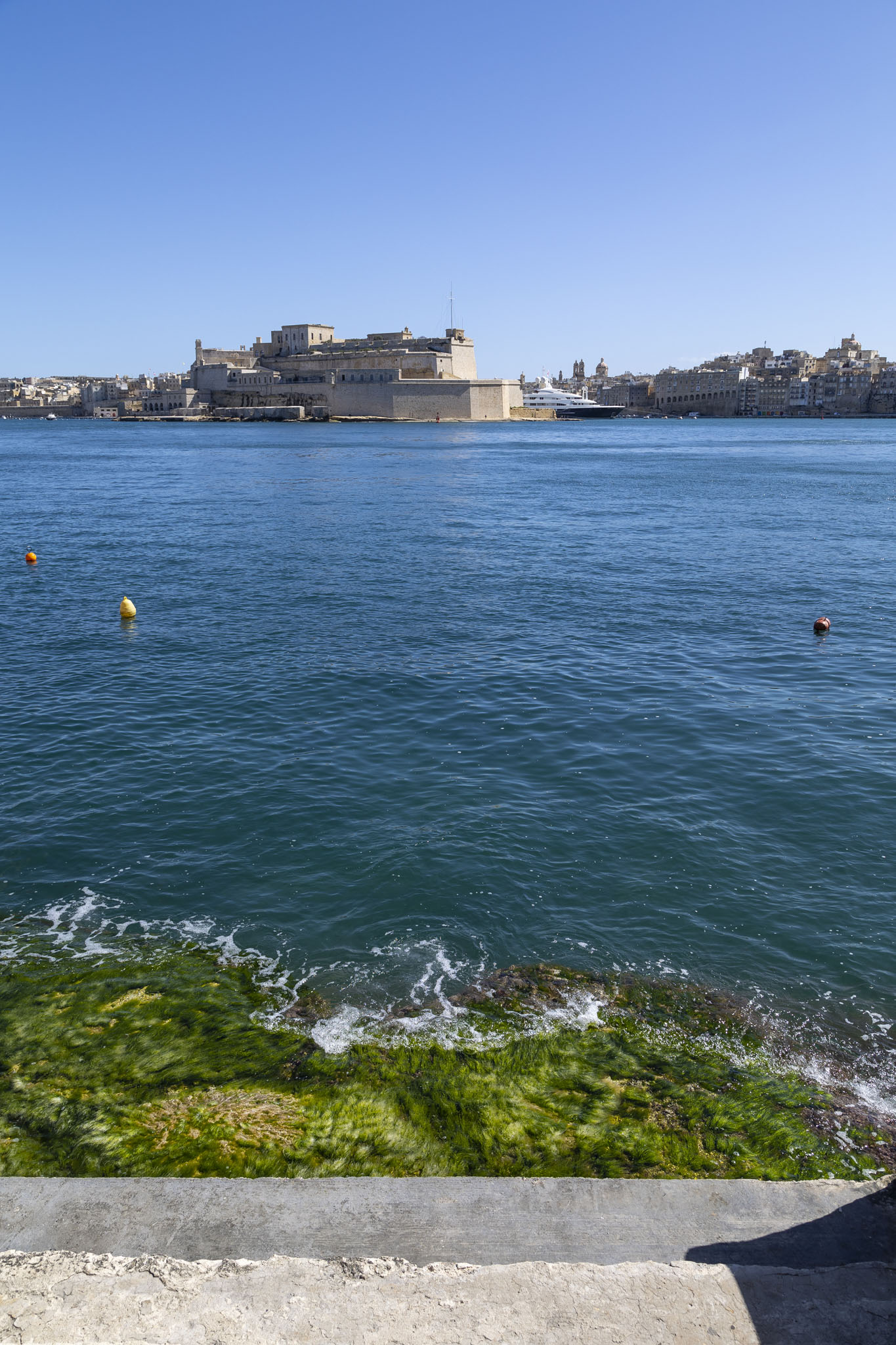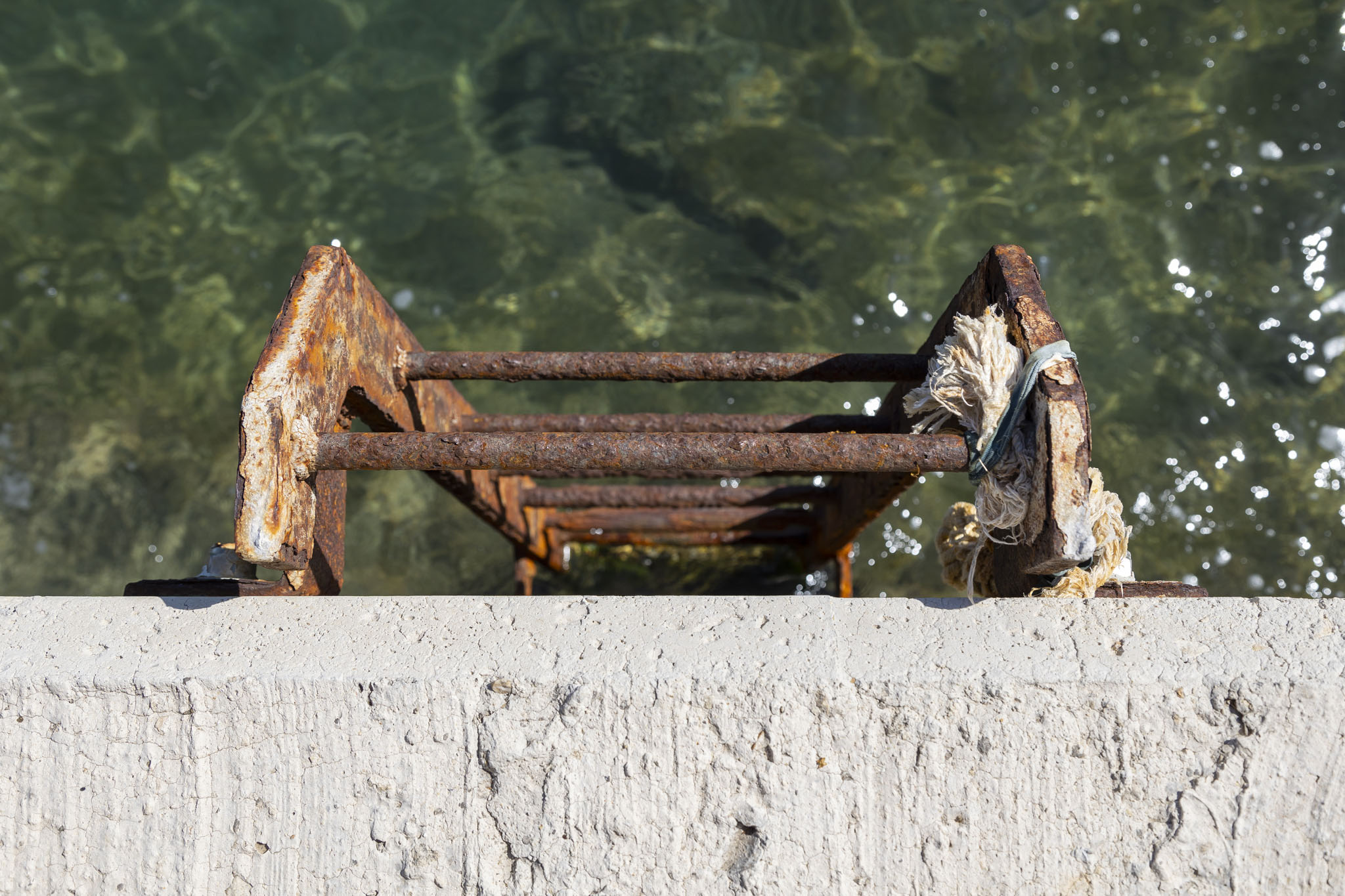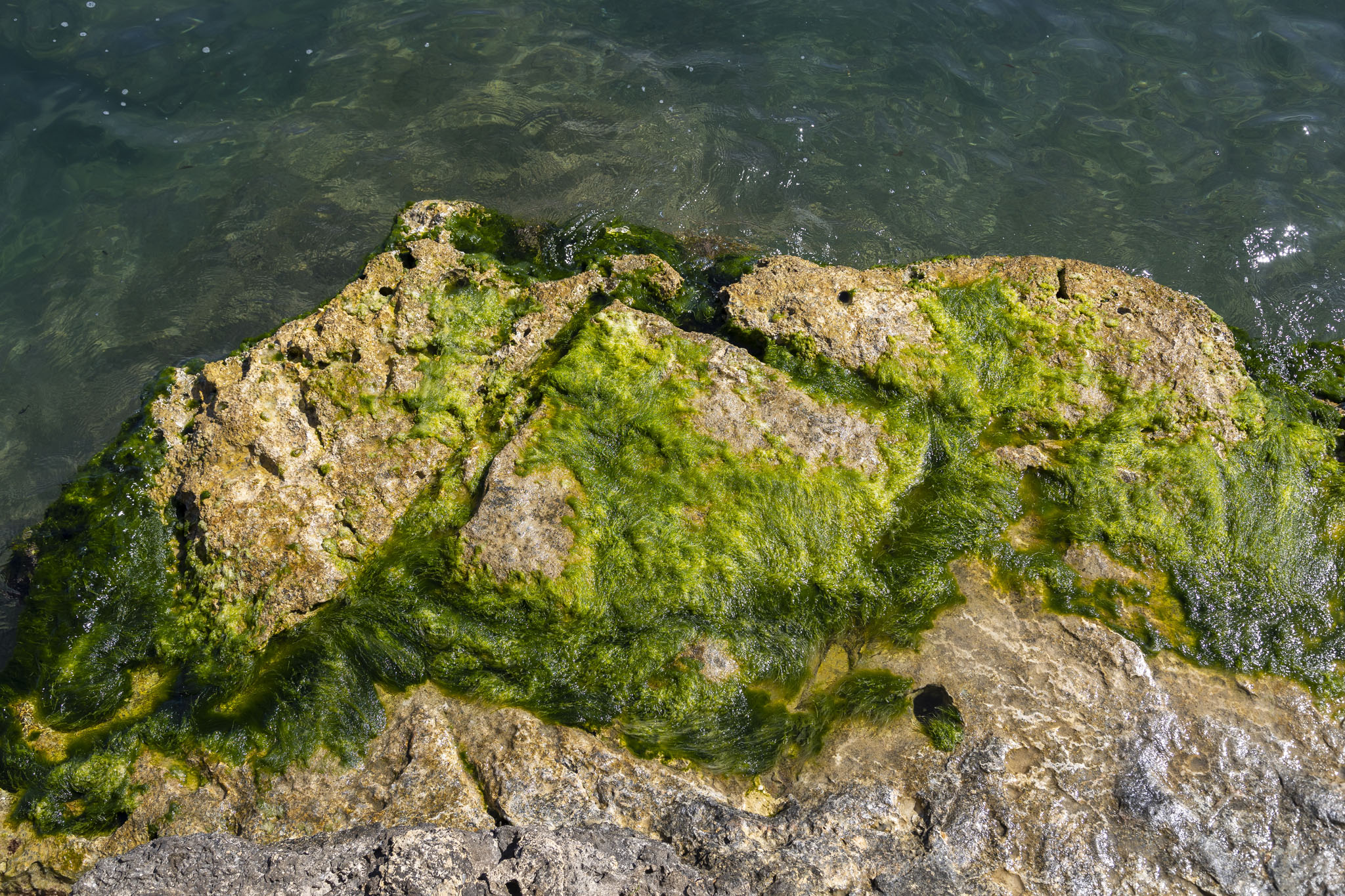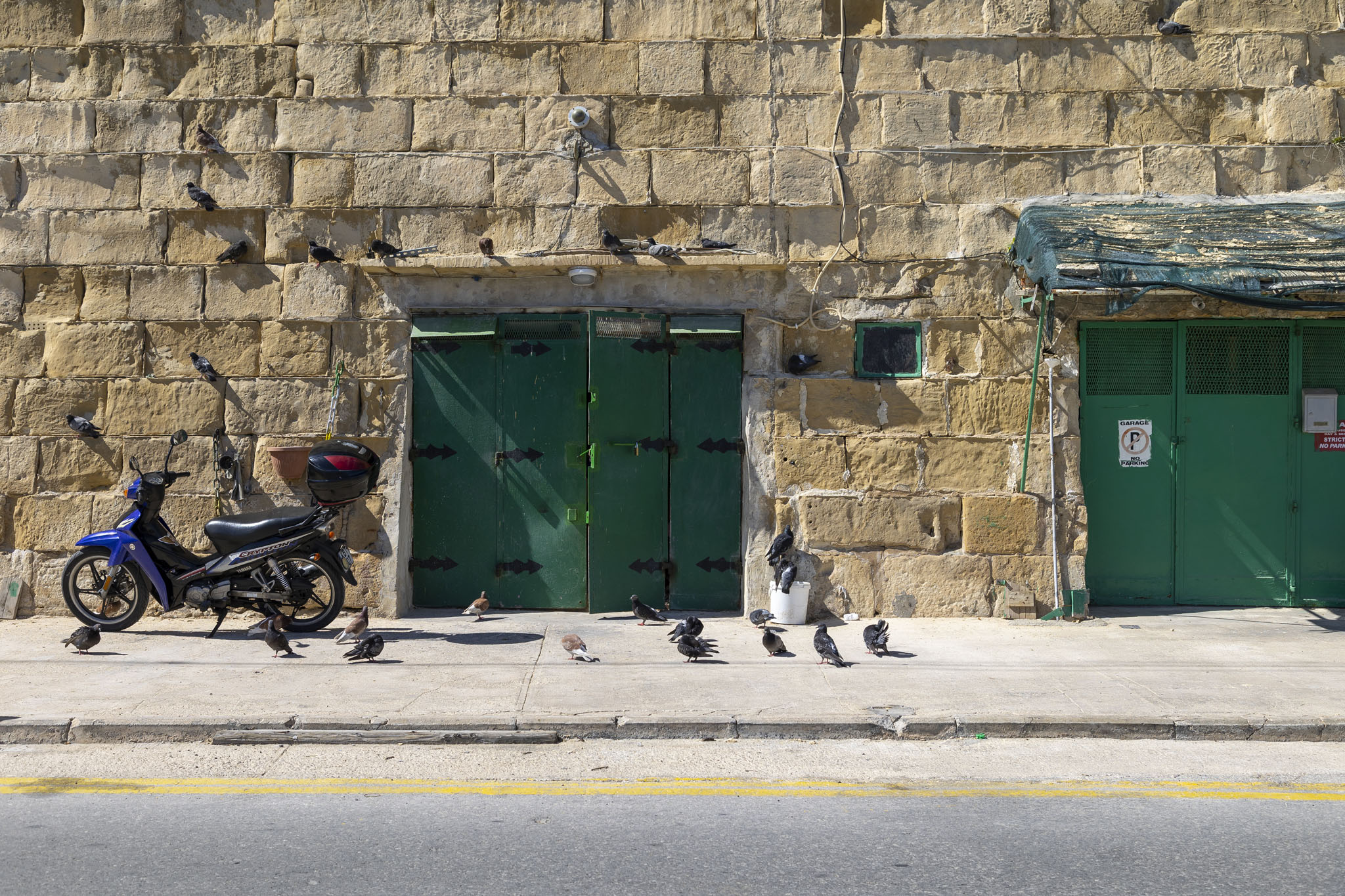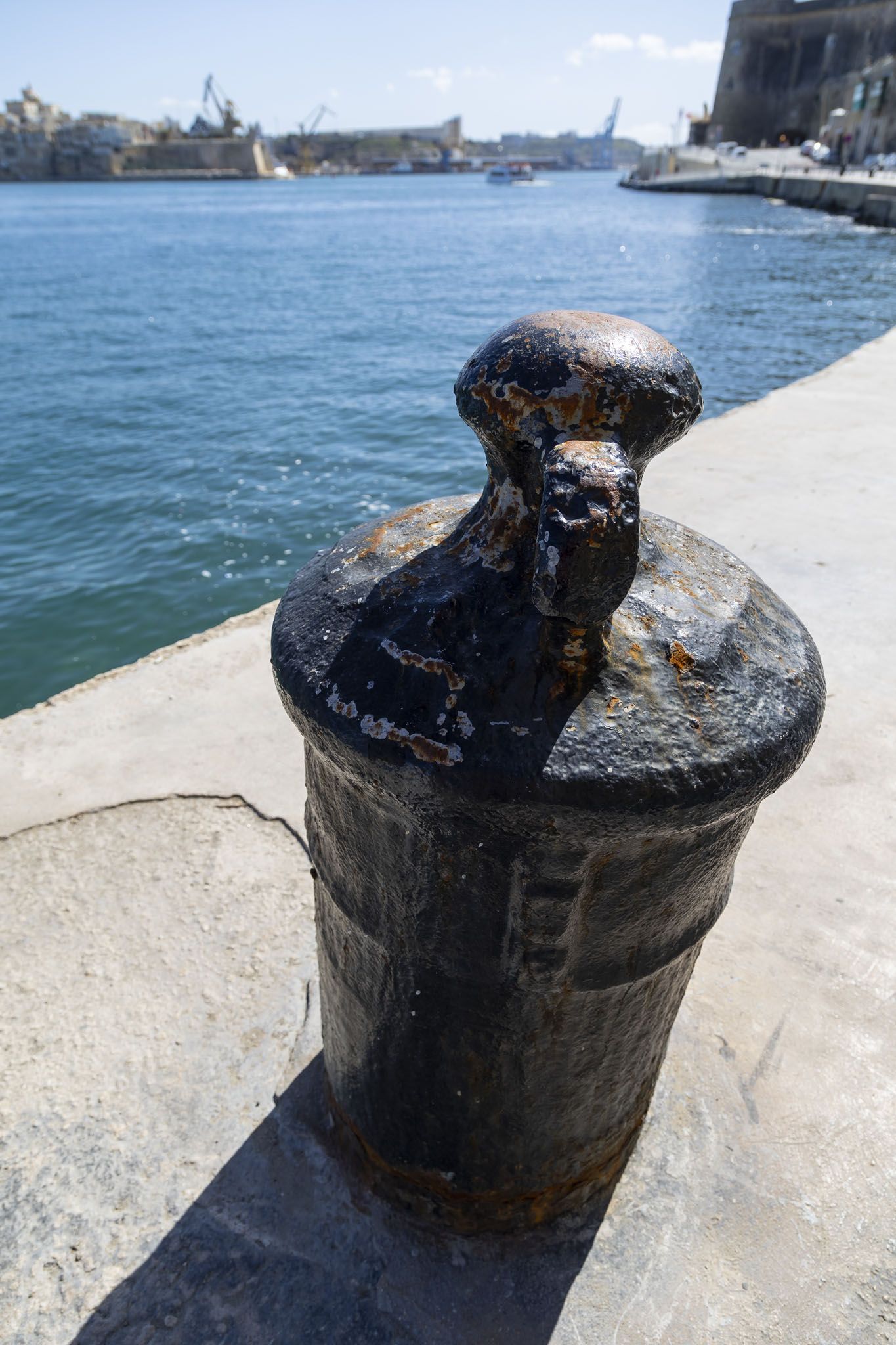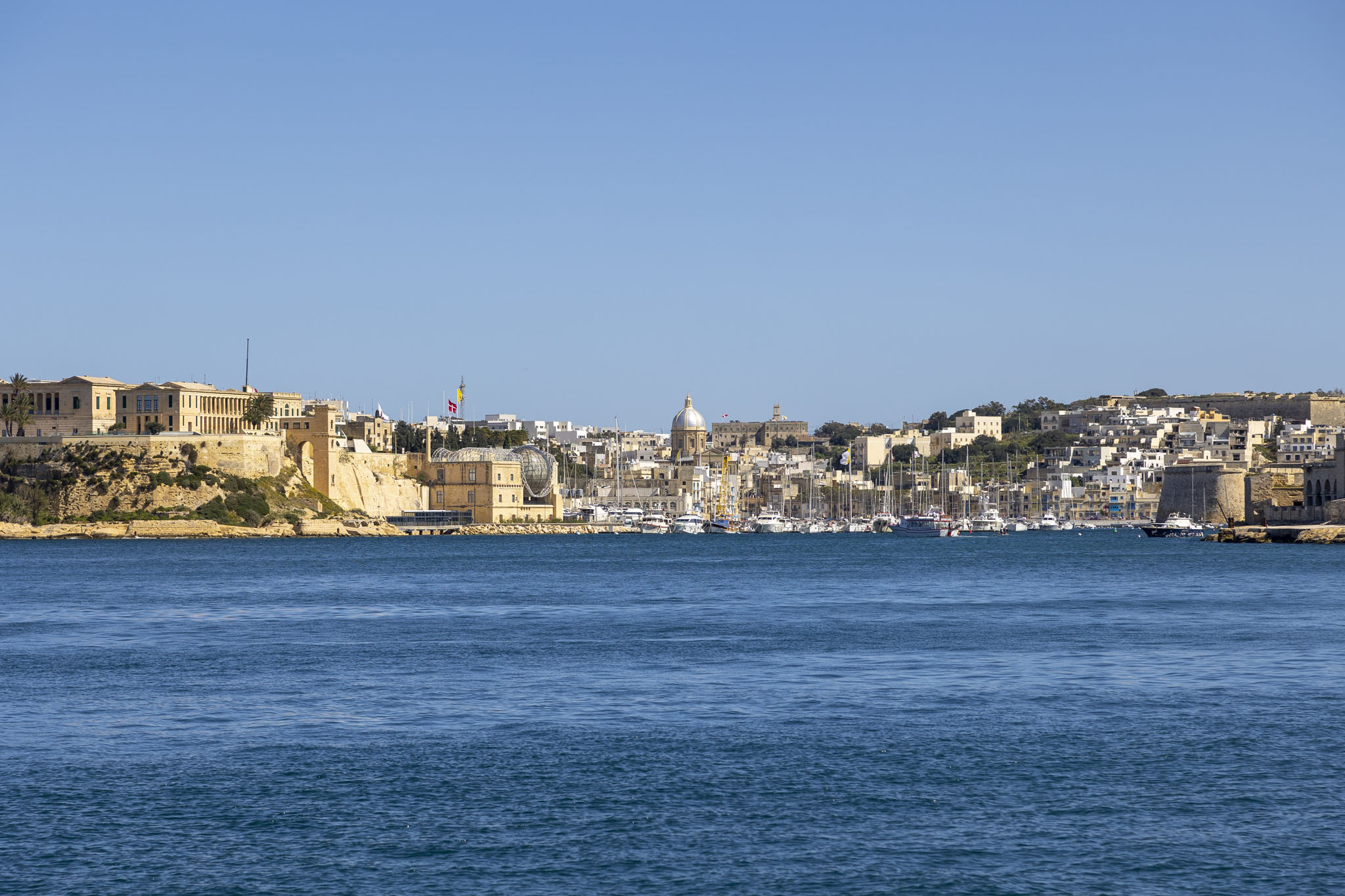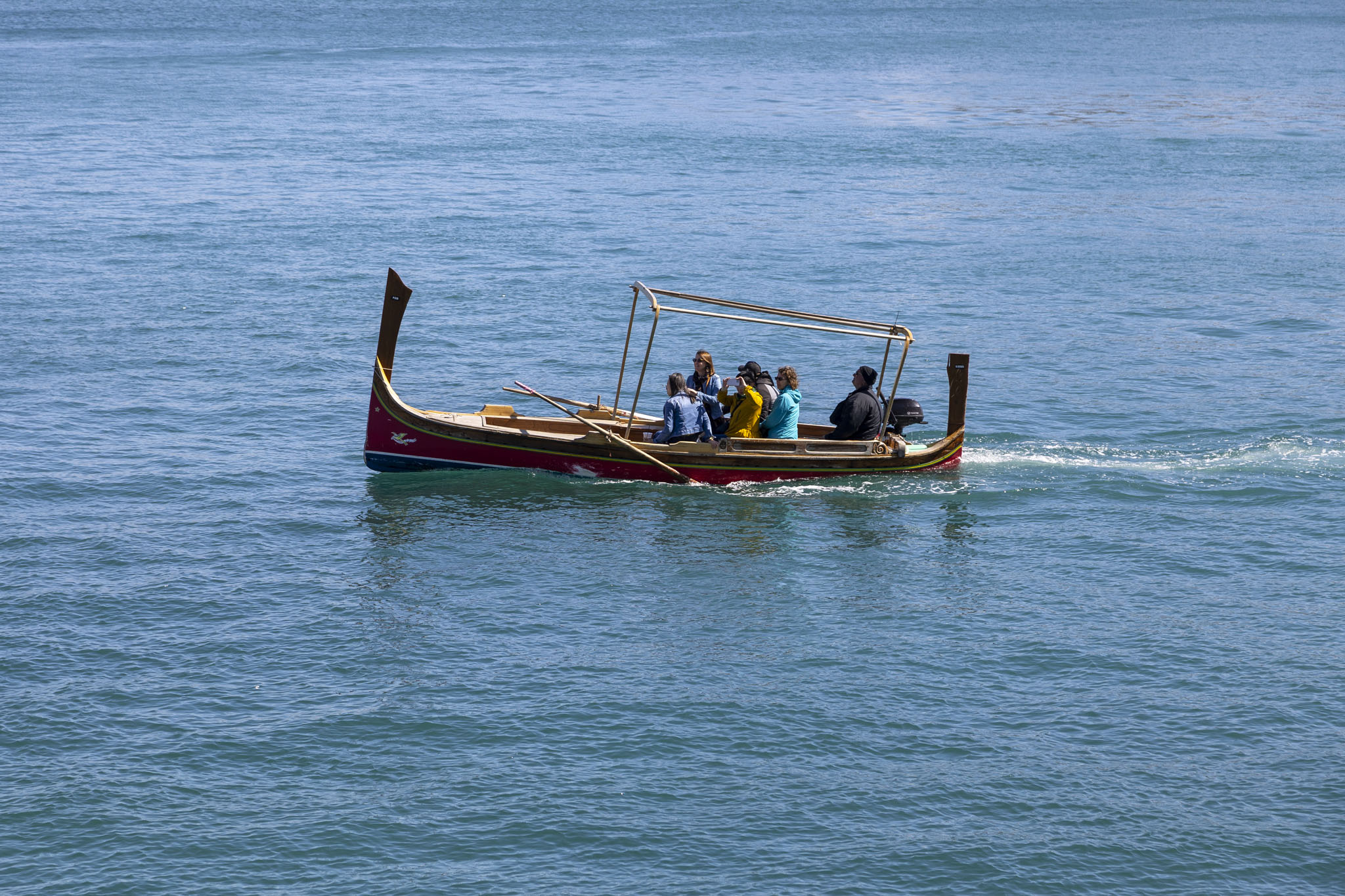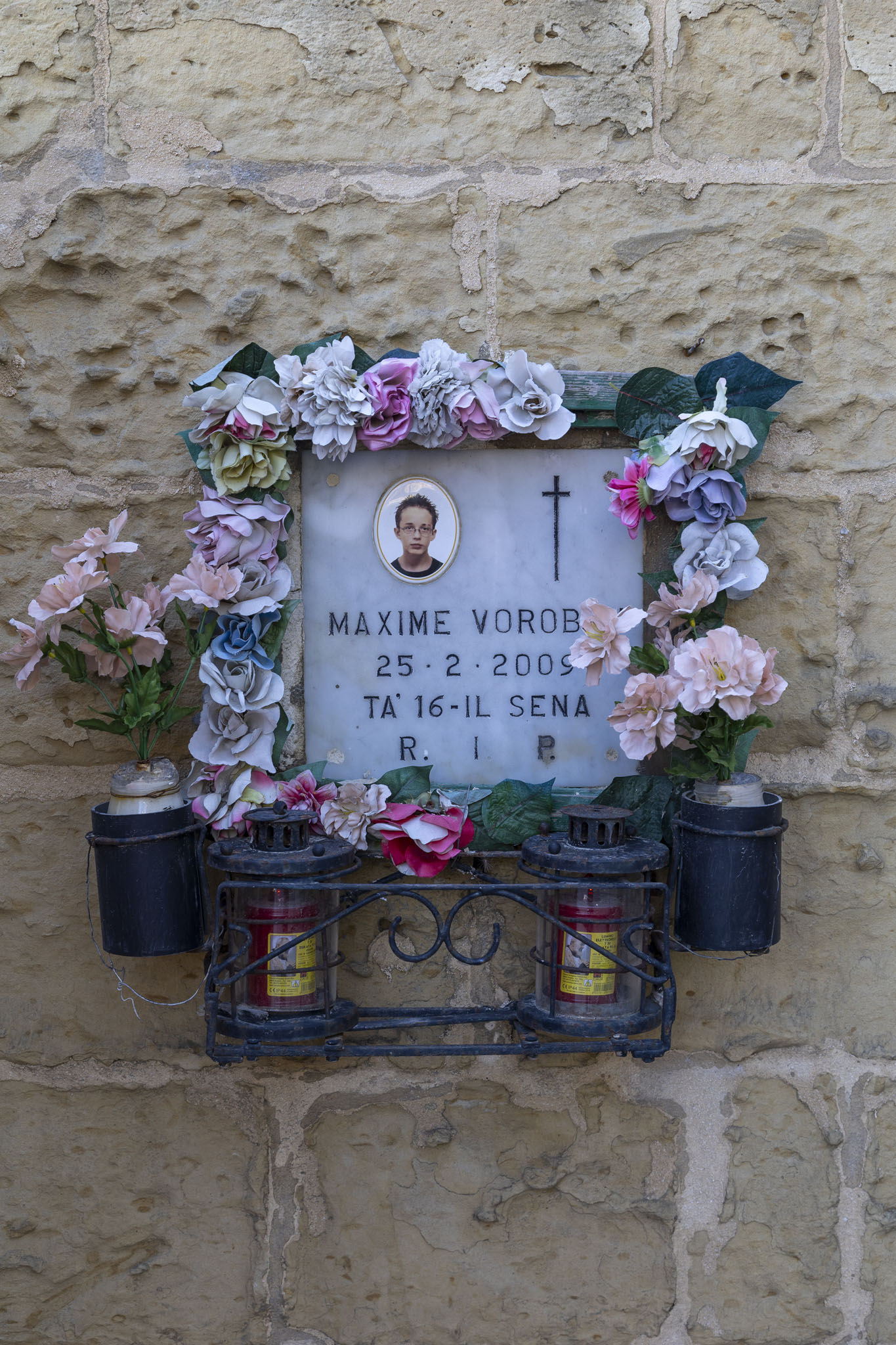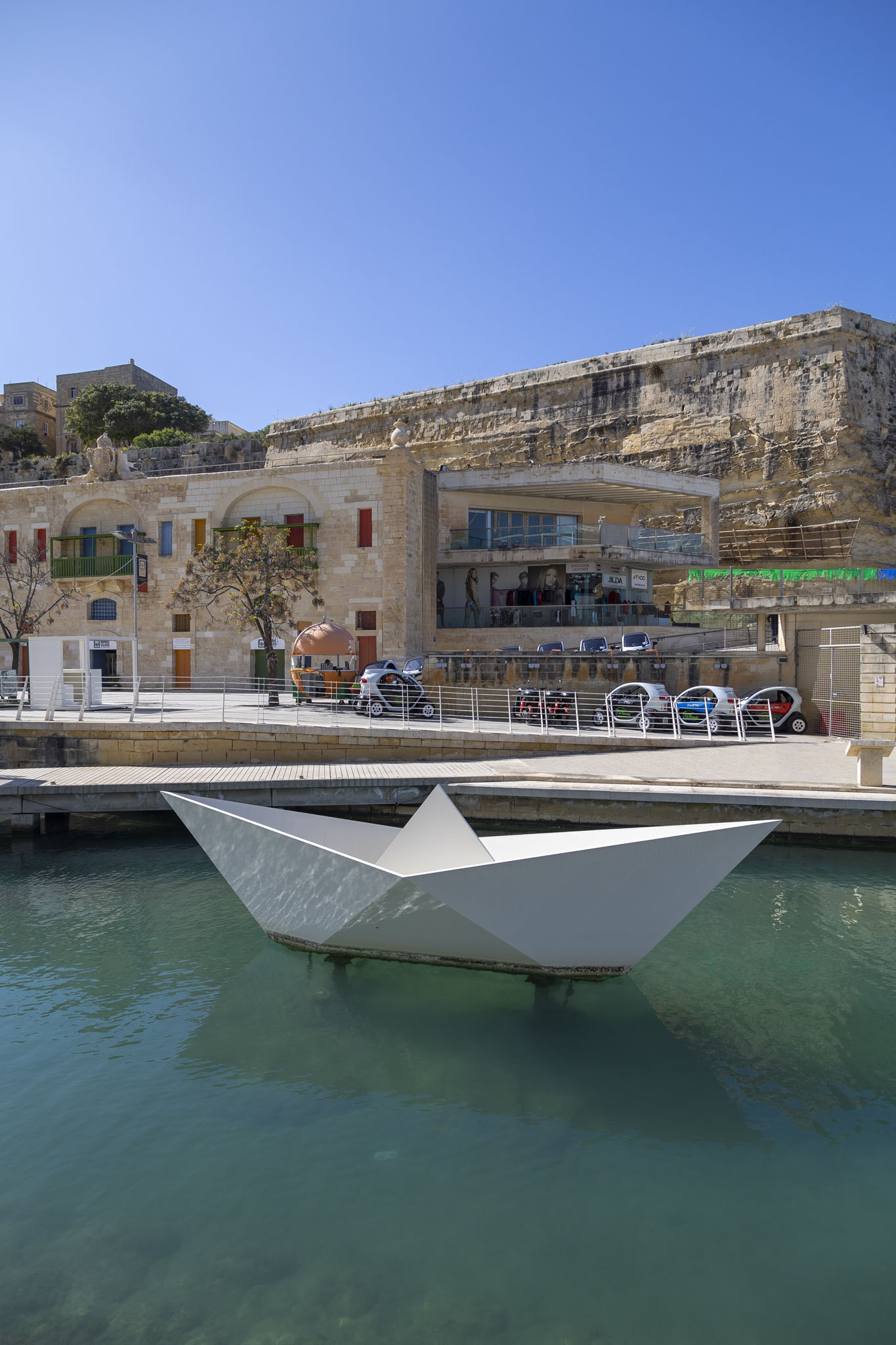On our Azura cruise in 2023 we embarked in Malta and after we’d boarded the ship early in the capital of Valletta we’d enjoyed a couple of hours on the ship until we’d been given the all clear to drop our hand luggage off in our room. With a departure from Malta not scheduled until the early evening to allow all the other flights from the UK to arrive and get more passengers aboard this gave us the opportunity to get off Azura and have a little walk around. A bonus, because there’s typically no time at all to see anything of worth of the embarkation or disembarkation ports of a cruise especially if, like us, you arrive on the day of travel so as to maximise annual leave.
We didn’t have any real plans at all because we’d not been entirely sure whether we’d even be able to do this, but a quick look at the map and a familiarity with the weather already plus our love of being beside the sea suggested we could do a lot worse than simply walking along the shoreline of Valletta and admiring the contrasting views of water and sand-coloured stone fortifications under the piercing blue sky.
Valletta is a UNESCO World Heritage Site and it’s not hard to see why with its predominately sixteenth century buildings constructed on a grid pattern that nevertheless follows the contours of the hilly terrain, all within bastioned walls and high, thick fortifications. Our coastal walk took us around the lowest elevation of the capital city at first although we’d get to experience a little of those narrow, planned roads full of character a little later on.
Part of Valletta’s big appeal is that even when it’s suffered damage – as it did in the wars – or even when it’s approved new building work, all the construction or restoration has been done with a sympathetic eye towards the city’s history, using similar materials and similar architectural styles. If you see an arched window or arched doorway – and you’ll see loads of them – then they’ll almost inevitably be Romanesque. If you see a balcony then typically Mediterranean-flavoured Baroque elements will be prominent. Roofs are almost all flat.
Driving from the airport to the cruise port had given us a feel for how busy and congested this part of Malta could be but our walk along the shoreline felt far calmer and quieter with the majority of vehicles we saw simply parked up. There was a thin, historical veil smothering everything and it was impossible to know whether any particular building was in use or abandoned. As it was that post-noon period of the afternoon it’s entirely possible that everyone had embraced the Mediterranean siesta attitude instead, of course. Not us, though. Mad dogs and Englishmen, and all that.
Just before we reached the large customs house building through which a low tunnel had been made and through which cars could pass we passed the entrance way to the Barrakka Lift which provides a alternative to walking the longer, hilly route into the city centre. A lift had operated at this location from 1905 to 1973 and a replacement was built in 2012 to assist the increasing number of visitors from cruise ships in particular. As we weren’t walking into the middle of Valletta we didn’t use it, but it’s worth noting – at time of writing – that it cost one Euro in cash; no card payments.
When you walk along the Valletta waterfront you’ll see all the former warehouses with their coloured, arched doors. The colours were so that sailors arriving in the city would know which warehouses dealt with which types of cargo even if they couldn’t read. If they couldn’t read and were also colour blind then, well, that’s another matter entirely.
We walked as far as St Christopher Bastion, on the top of which we could see attractive stonework with those Romanesque arches, looking even older than the city itself. Just beyond those was the Lower Barrakka Gardens, a smaller counterpart to the Upper Barrakka Gardens we would have come out into had we taken the lift earlier in the shoreline walk.
The thing we’d decided we wanted to come and look at when we’d peered at the map earlier in the day was the Siege Bell War Memorial. We knew we wouldn’t really have enough time to do any museums any justice so this looked a point of interest a reasonable walking distance from the ship with the potential for some nice views out to the open sea past the harbour entrance.
The memorial was opened in 1992 to commemorate fifty years since Malta’s award of the George Cross for holding out against attacks by the Axis powers in World War II.
The memorial was popular with visitors when we turned up and, as expected, did provide a good place for just looking out to sea. In addition to the small belfry and colonnaded structure there was a catafalque with a statue to the Unknown Soldier. I waited patiently – and obviously – for a couple of minutes while a group of Russian tourists posed for selfies and Instagrammable shots around the statue before getting pissed off enough to walk right through the middle of their umpteenth pose for pictures and take some of my own pictures. Self-absorbed, selfish pricks like that annoy me so, so much.
We decided to duck into some of the streets of Valletta away from the shoreline next, primarily because we still hadn’t had a chance to apply any sun protection after arriving in Malta and we’d been out in the sun both on the ship and in the city for longer than either of us could really cope with. The narrow roads and tall buildings gave us lots of opportunity to hug the shade.
I offered my wife a couple of choices: we could make for the centre of Valletta, see what was around there, then try to work out a route back to the ship from there – she wasn’t keen on that idea – or we could hunt down a bar that was actually open somewhere nearby and see if it was possible to have a locally-made beer of some description. The photo below will tell you what we ended up doing.
Cisk lager was the best we could manage to find. We’re not lager drinkers by choice but when you’re really hot then it can be just what you need, and in that respect this was a good call. In another respect we probably might have been better off finding some other bar as we had a friendly-enough chat with a local in the bar right up until they started complaining about the prices of everything and blaming all the immigrants. Wonderful. Sunshine, beer, and a frothing xenophobe: I’m sure it’s a combination that will appeal to many people but we could’ve done without the latter part.
A little rehydrated, we more-or-less retraced our steps back along the waterfront area of Valletta after that because the hilly terrain just back from the shoreline gave us a little cause for concern that we might knacker ourselves out trying to reach the ship.
There was one final memorial sculpture to catch our eyes before we re-boarded Azura and that was in the form of a large folded paper boat in stone. This was the Child Migrants’ Memorial and it was sculpted in 2008 to commemorate the 310 Maltese children, mostly very young boys, who, with the consent of parents or guardians, were sent away from their families to Australia between 1950 and 1965 with the intention of giving them the opportunity for a better life. Some did, but many others worked for no pay, gained no education, and even suffered physical and sexual abuse on top of the sense of abandonment they’d experienced.
Always finish an article on a happy, positive note, Mark. That’s what I always tell myself.
In the next post in this cruise travelogue series I’ll cover the rest of the day aboard P&O Cruises Azura before the ship sets sail with a day at sea ahead of her and stops in Croatia and Italy to follow.
